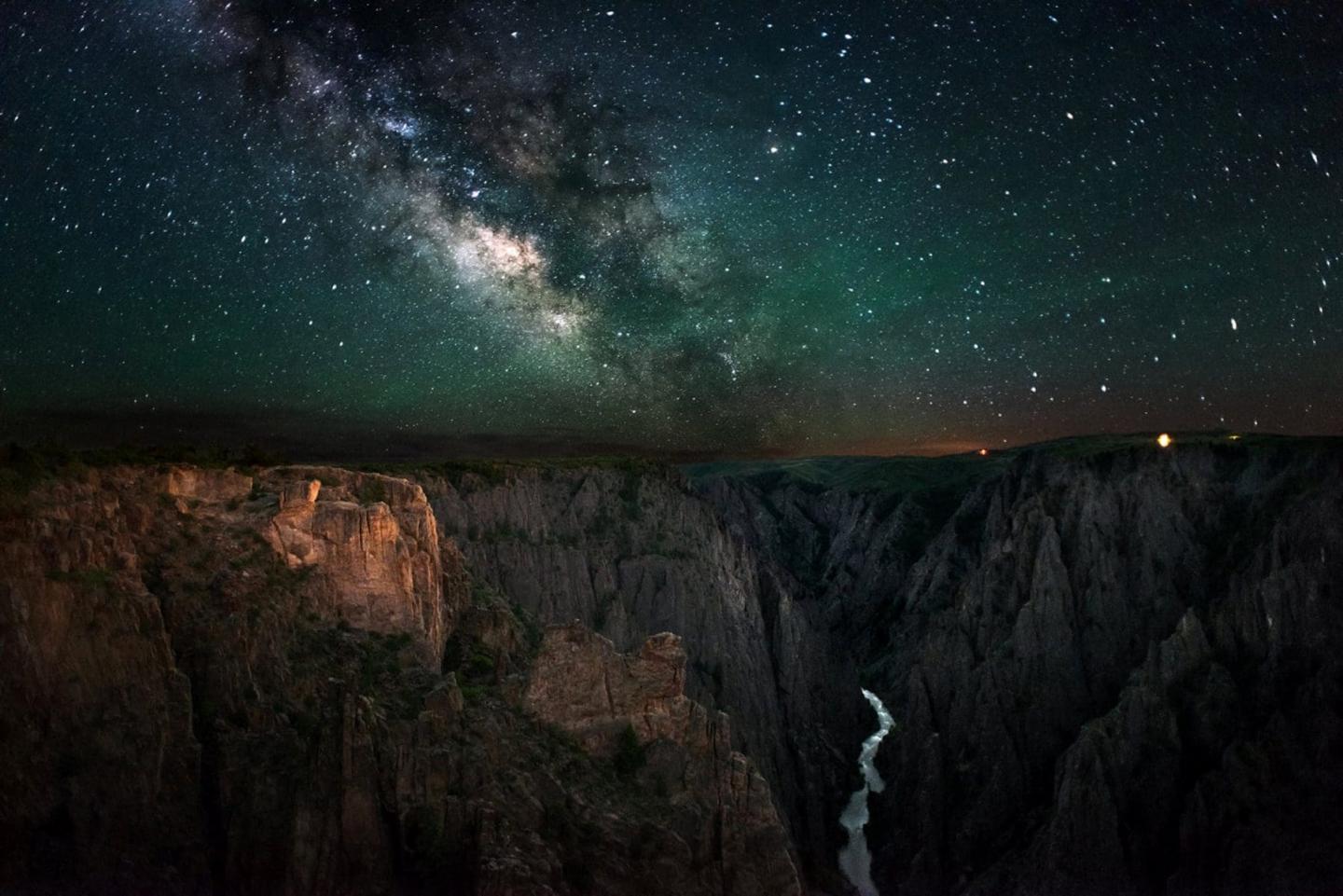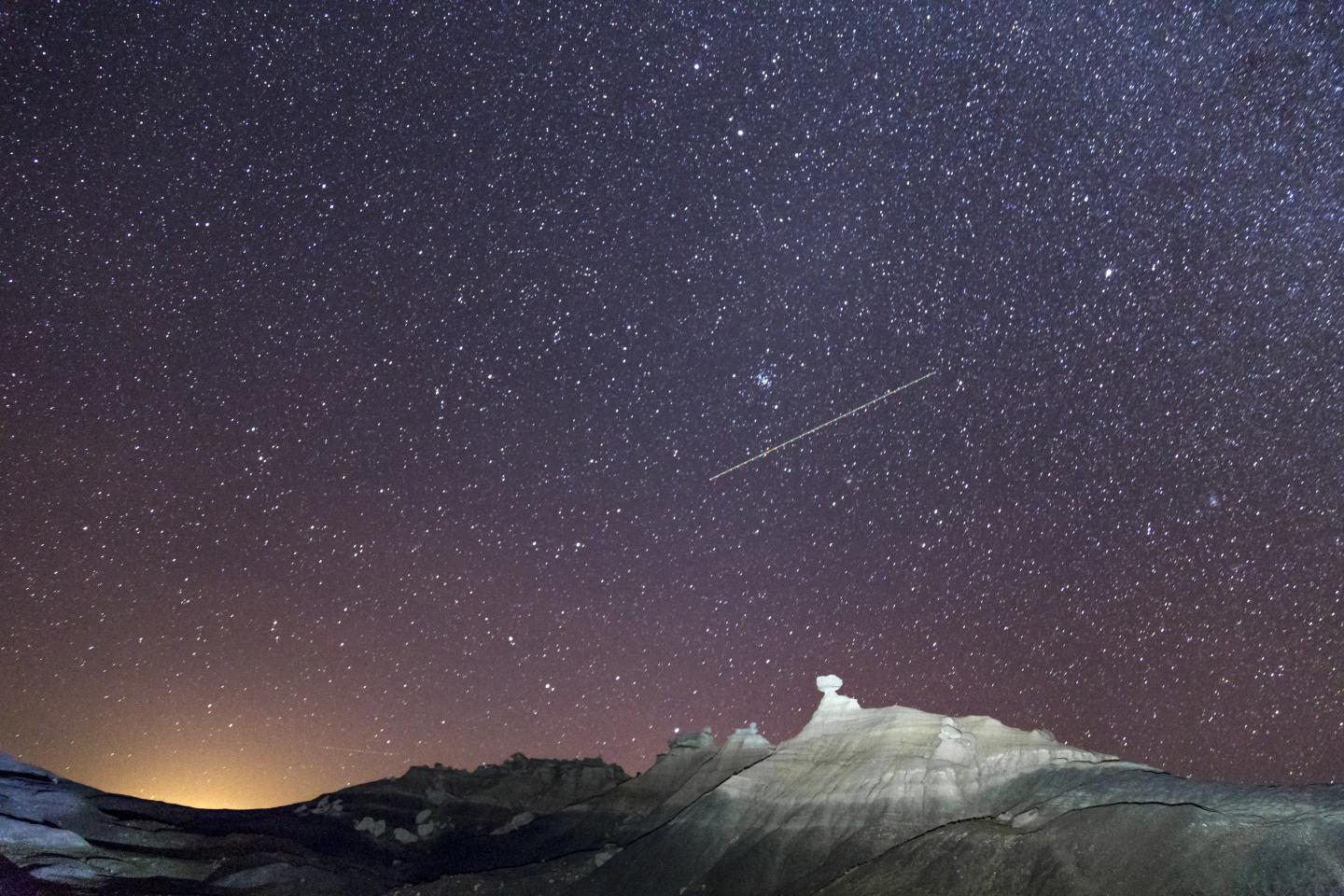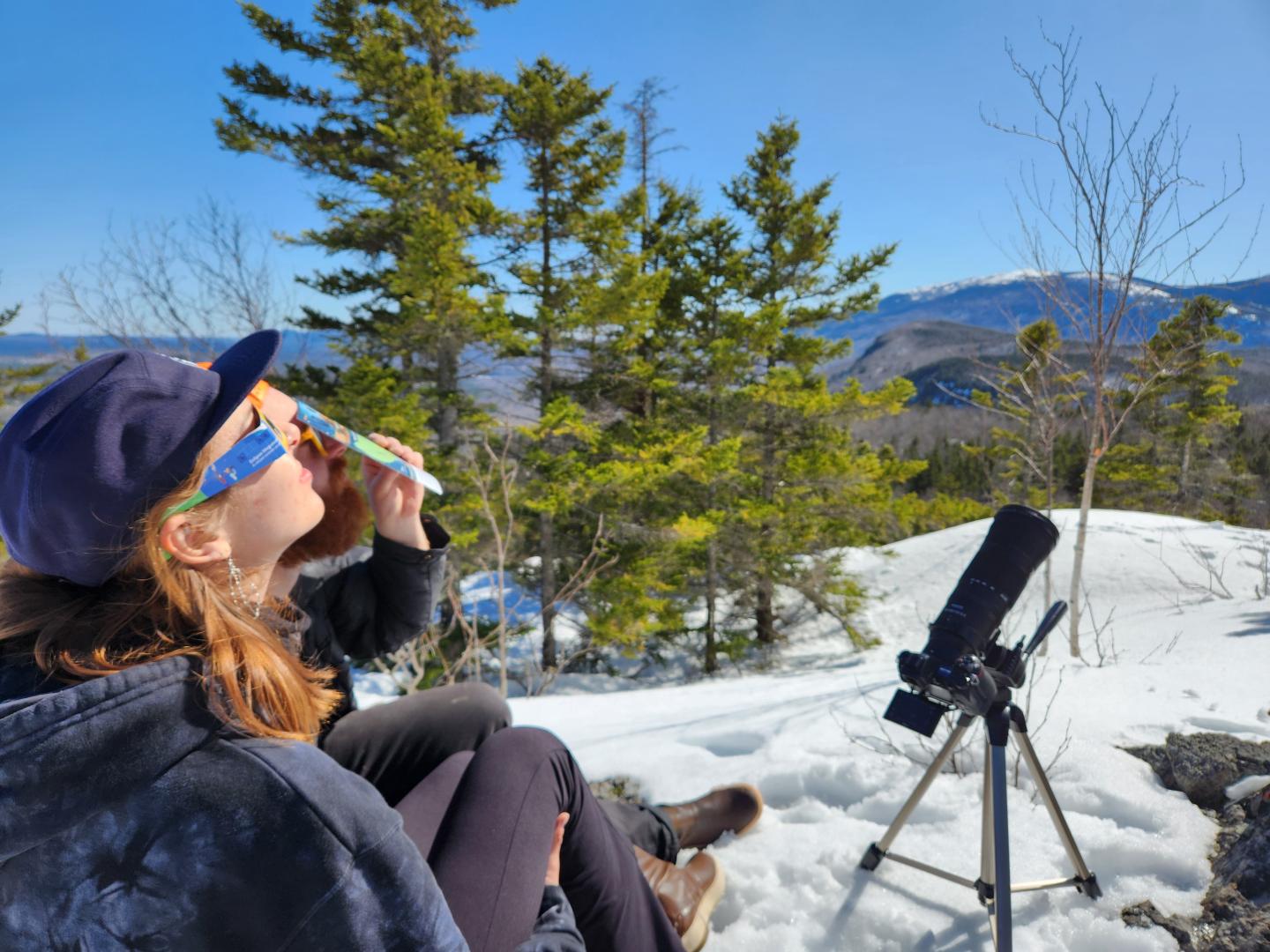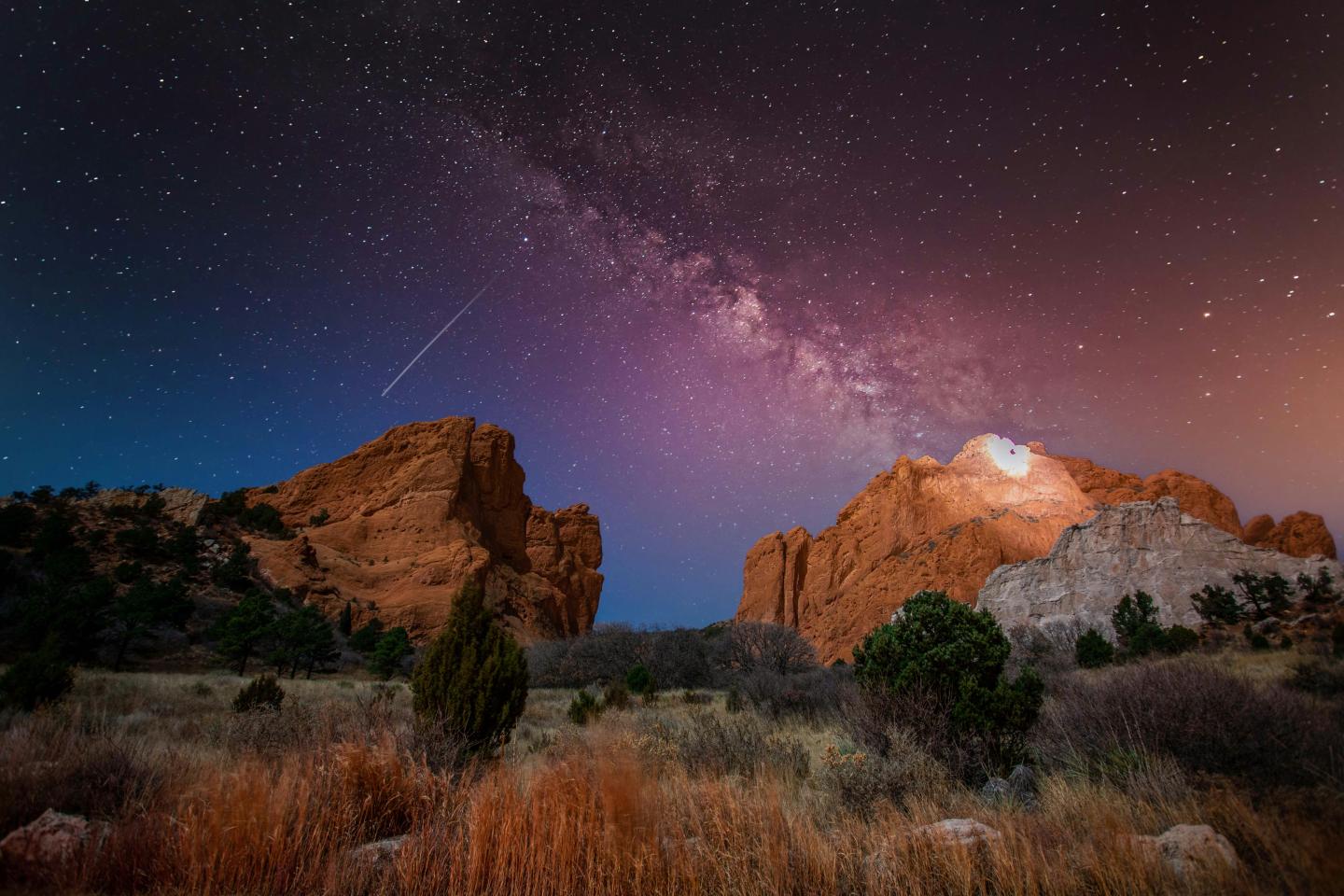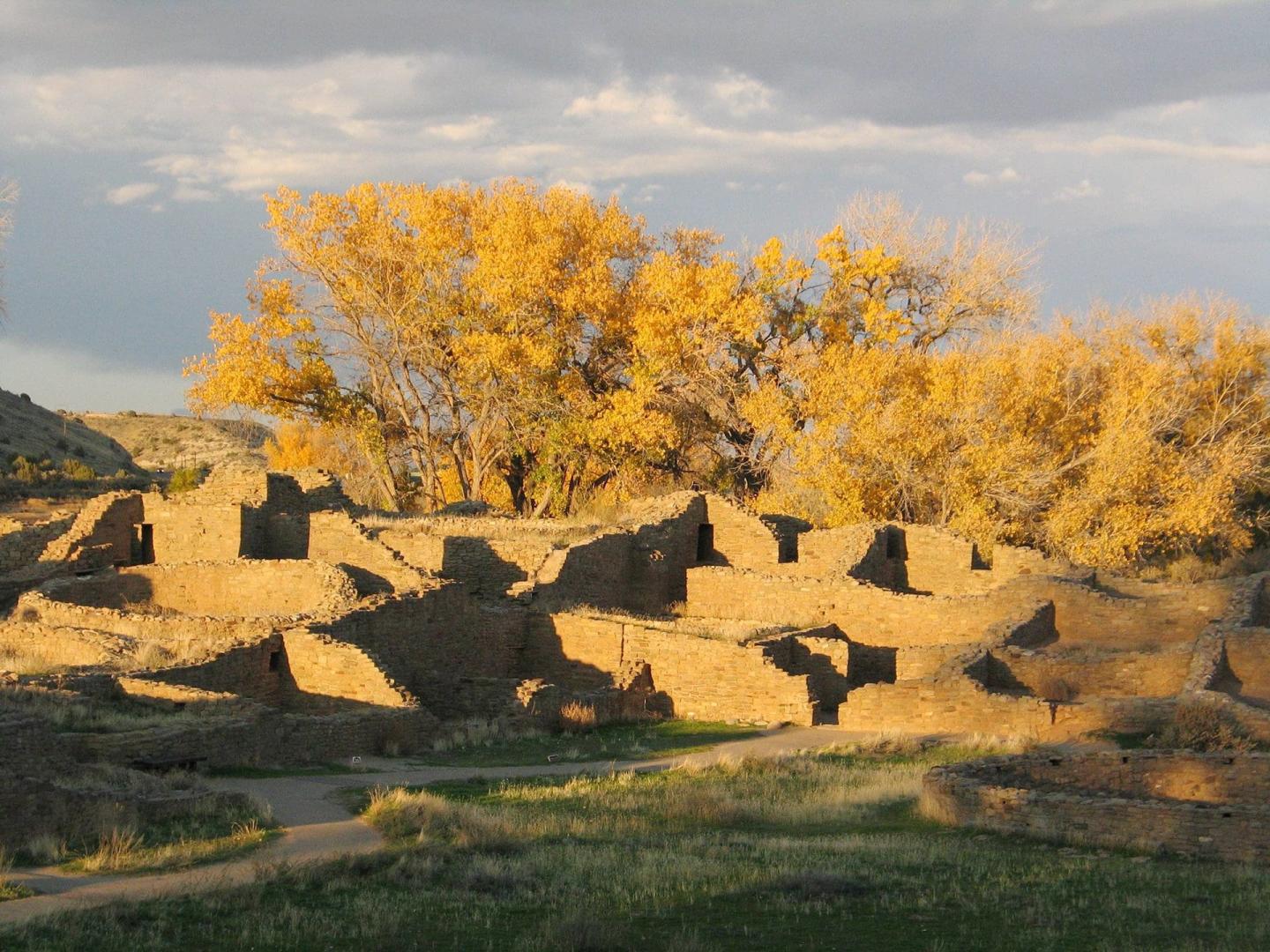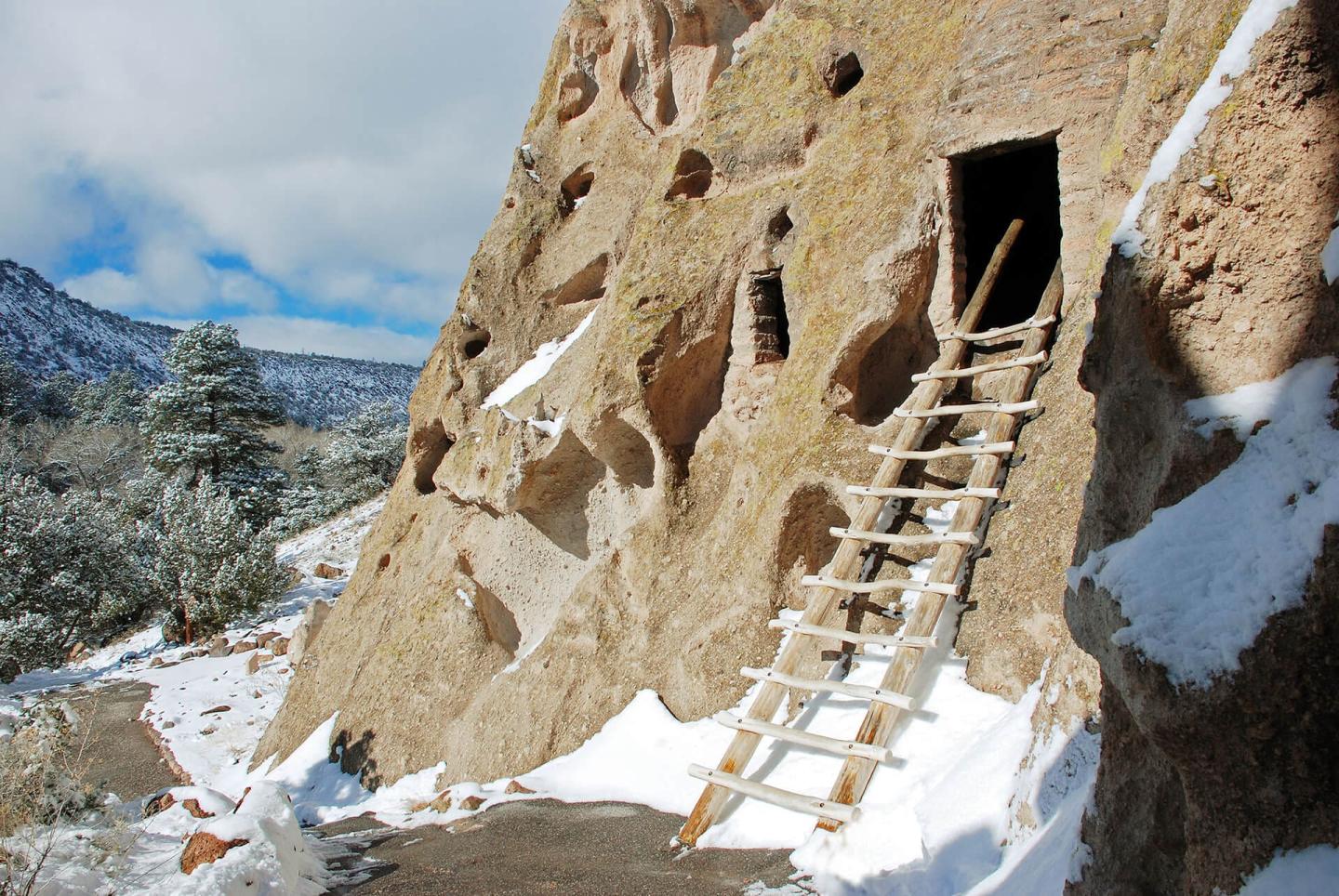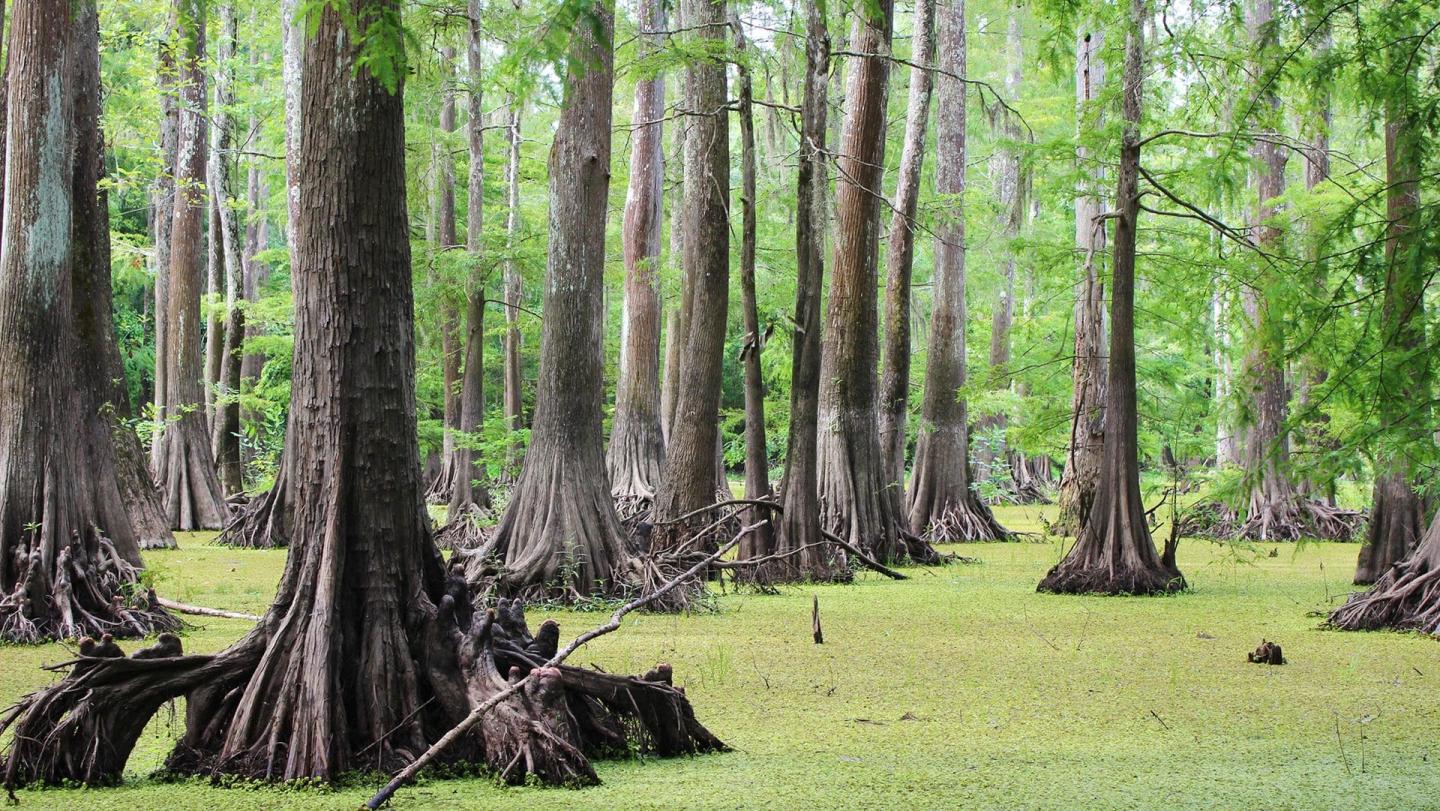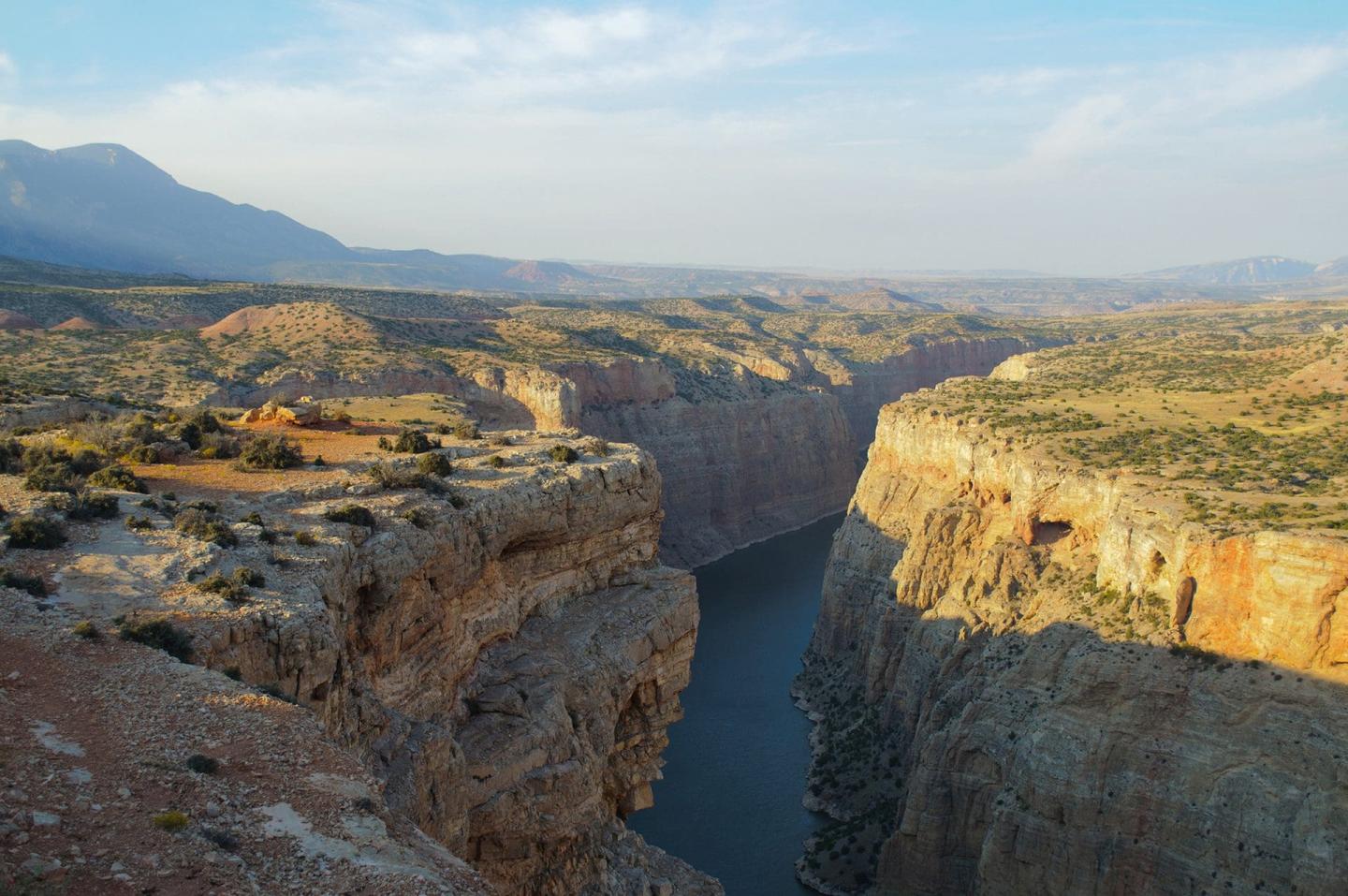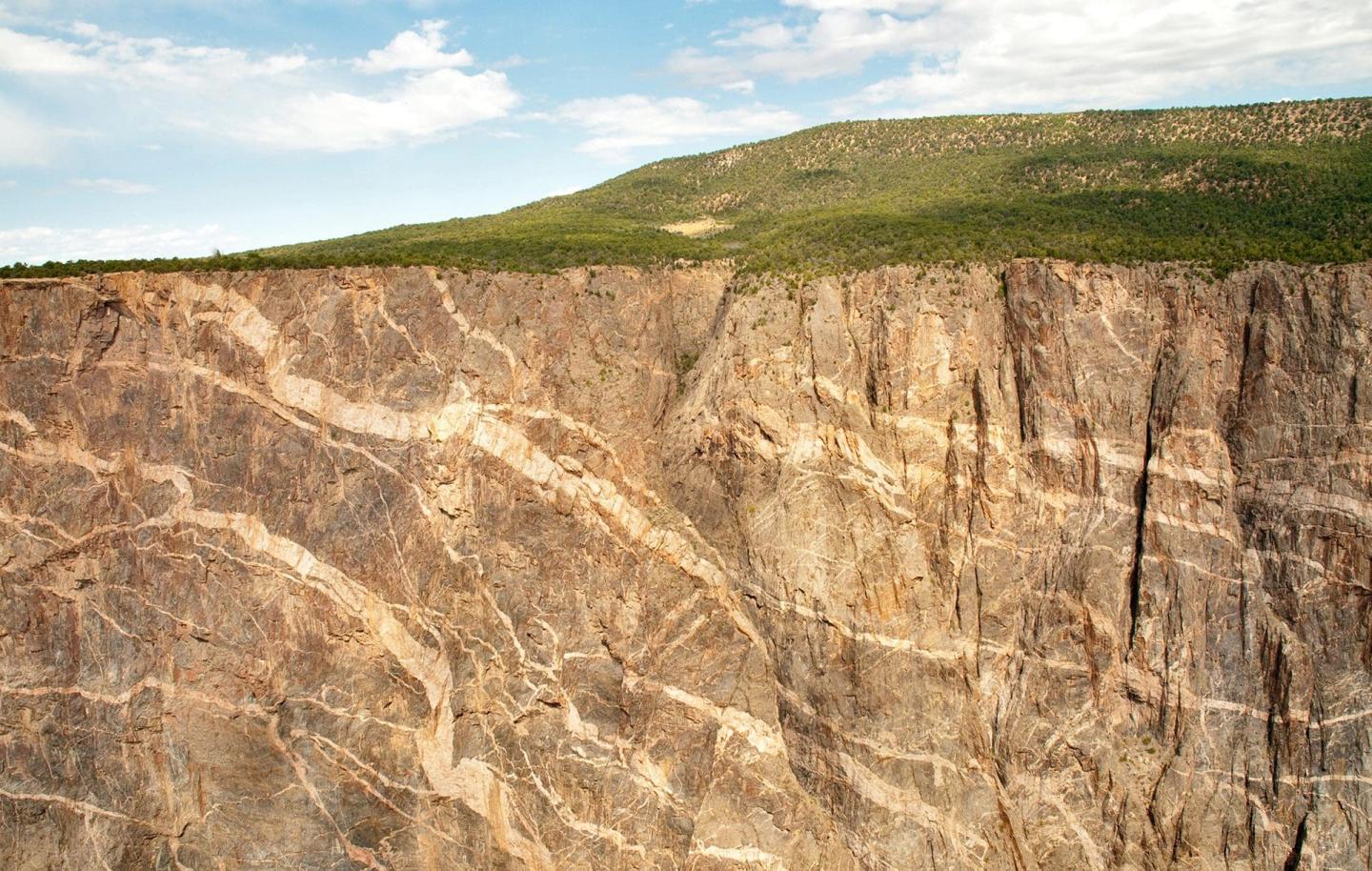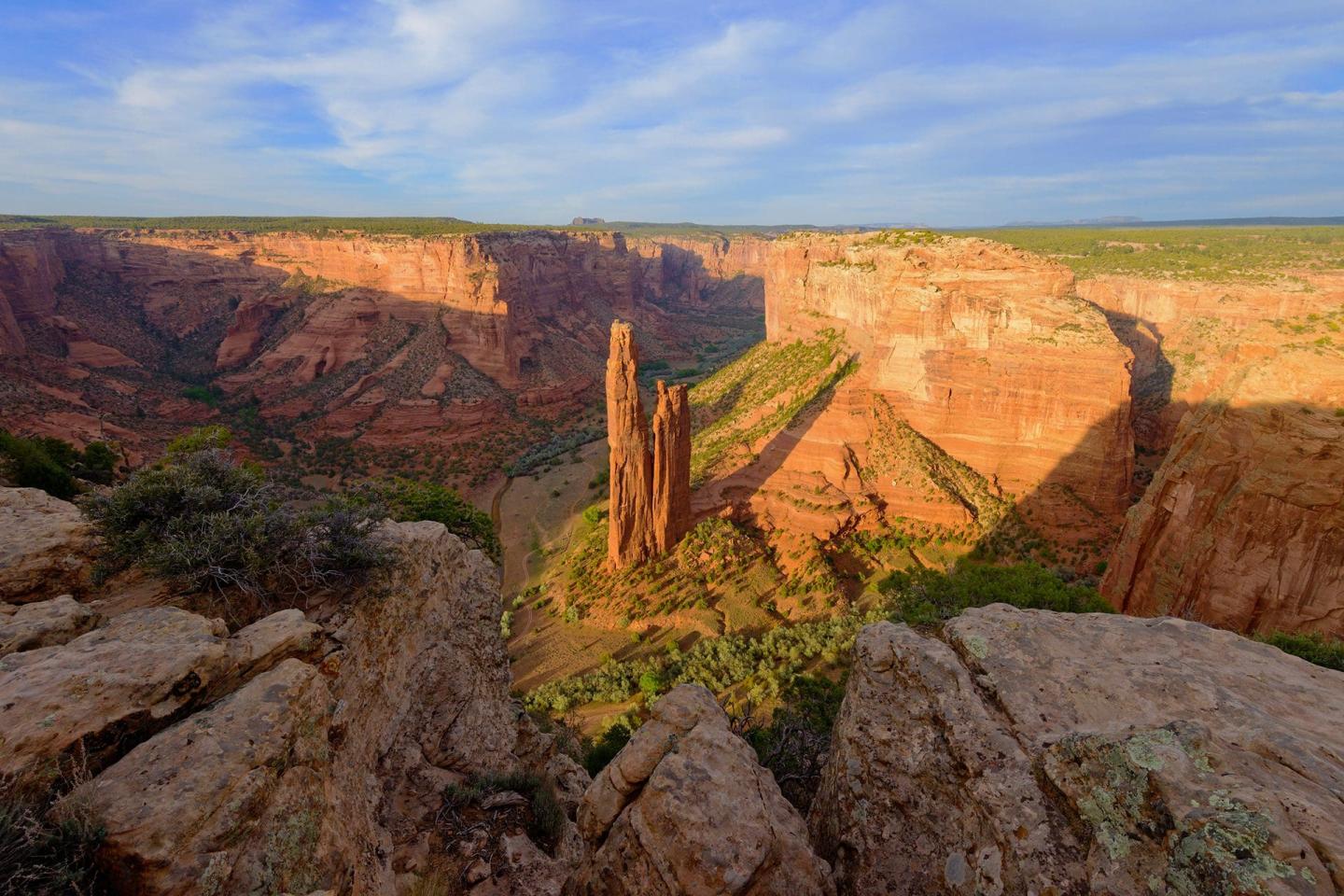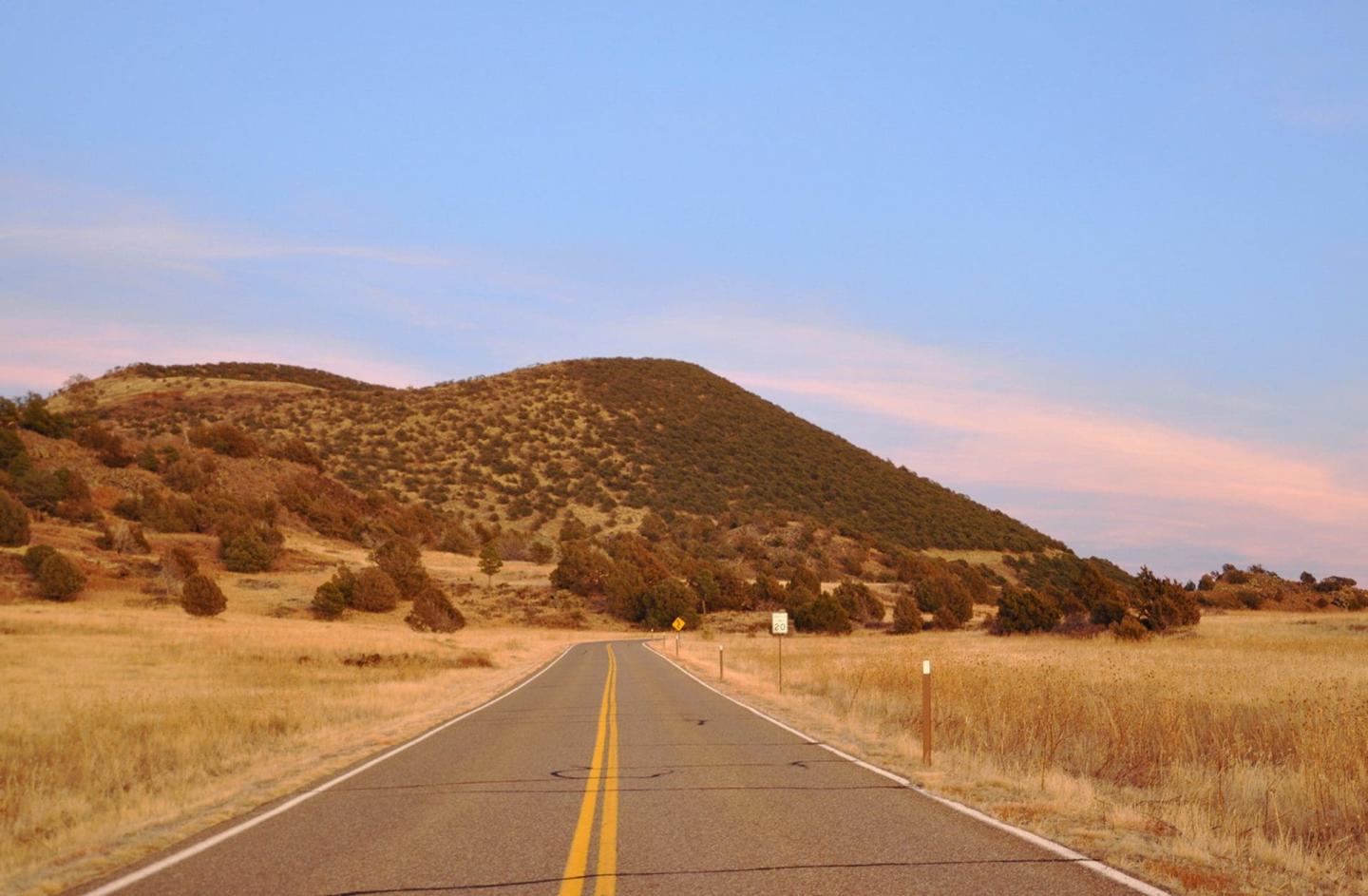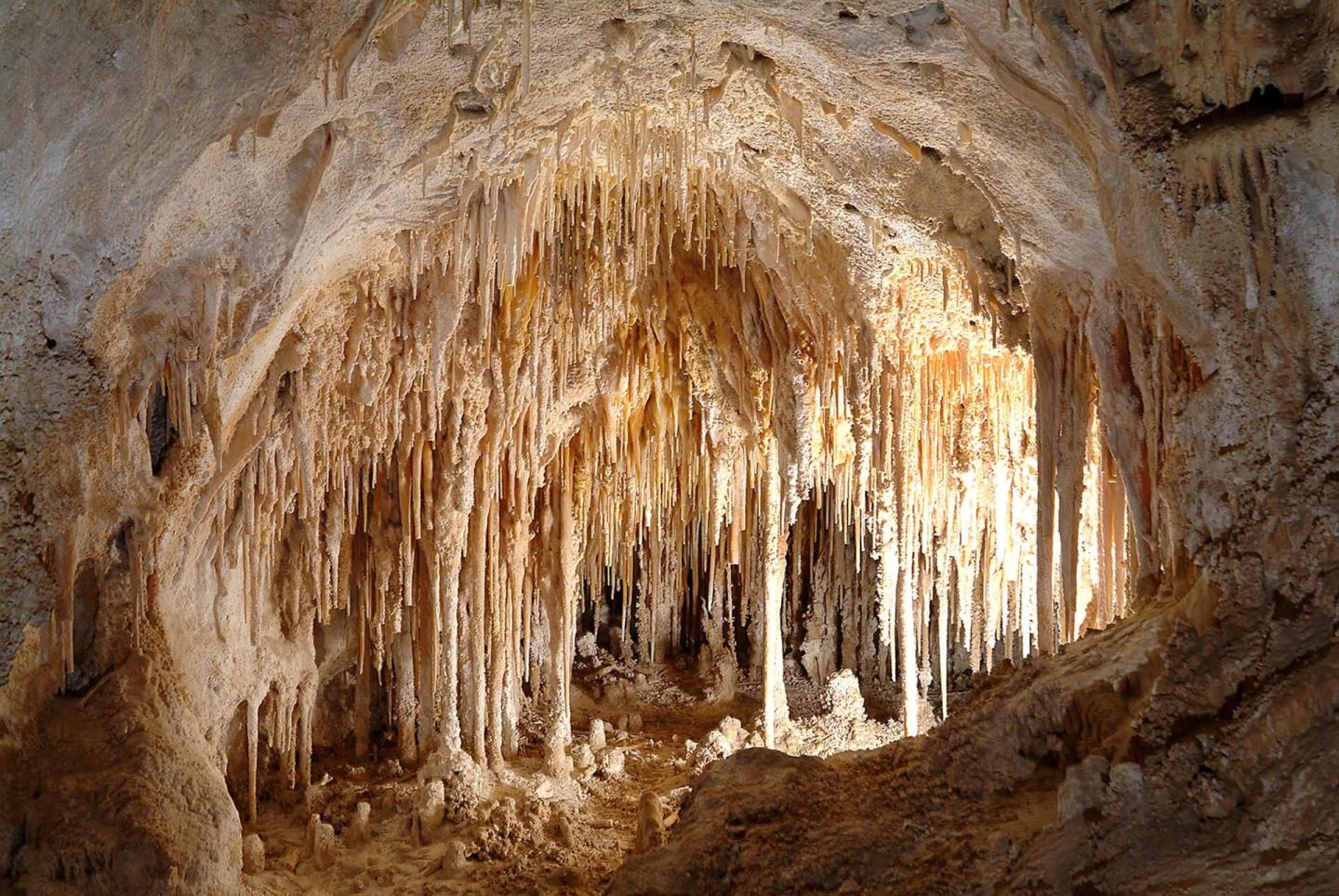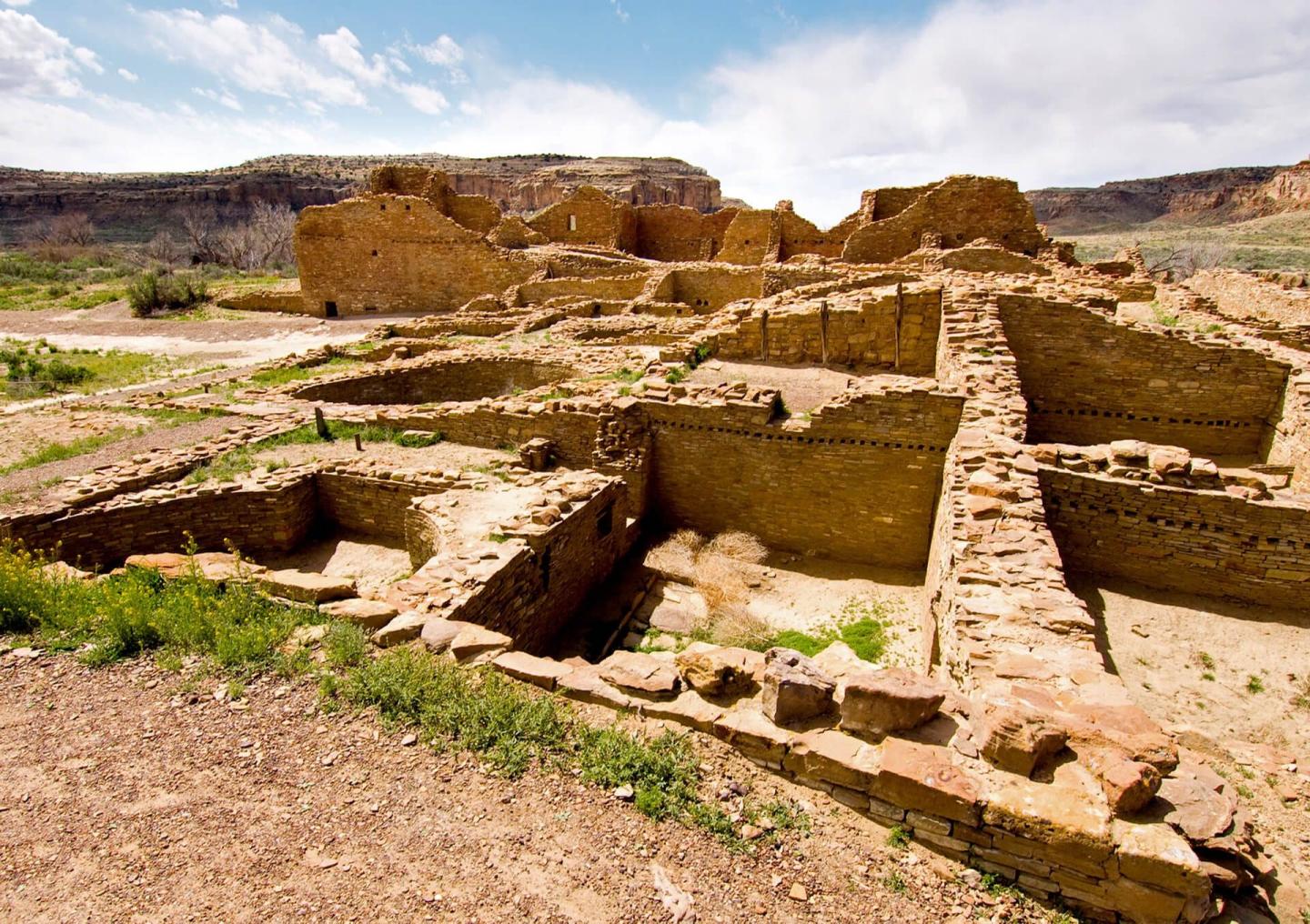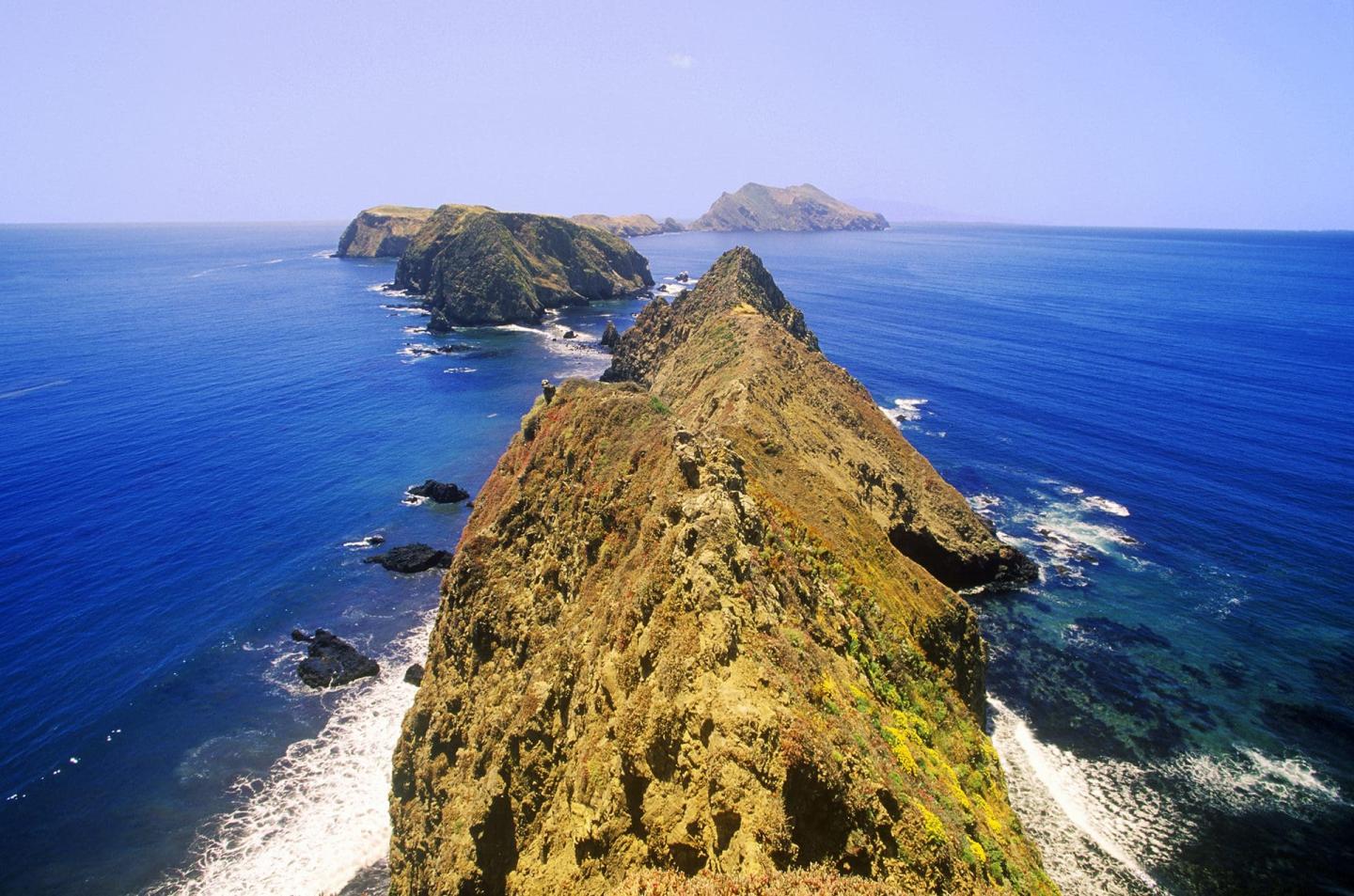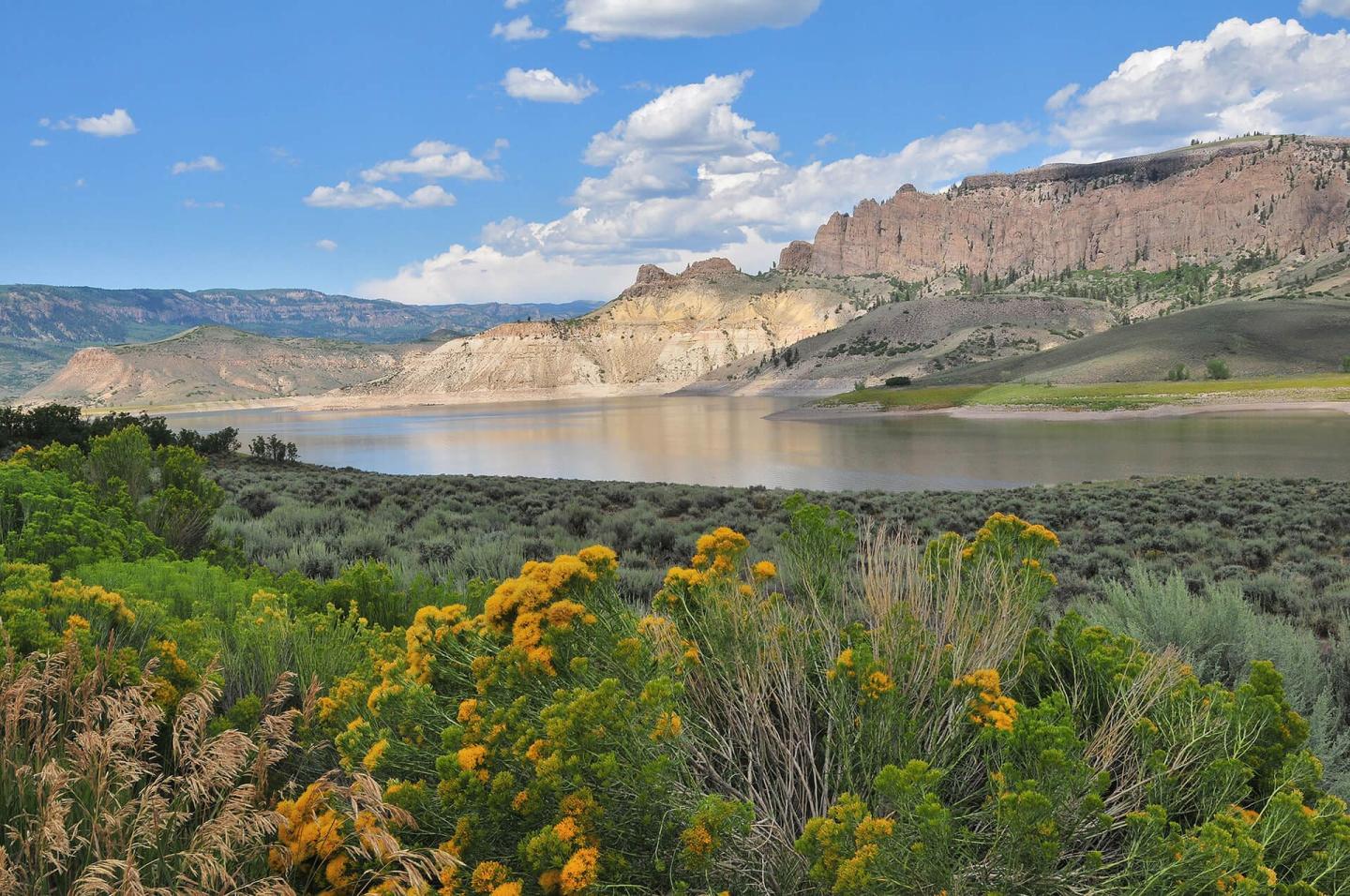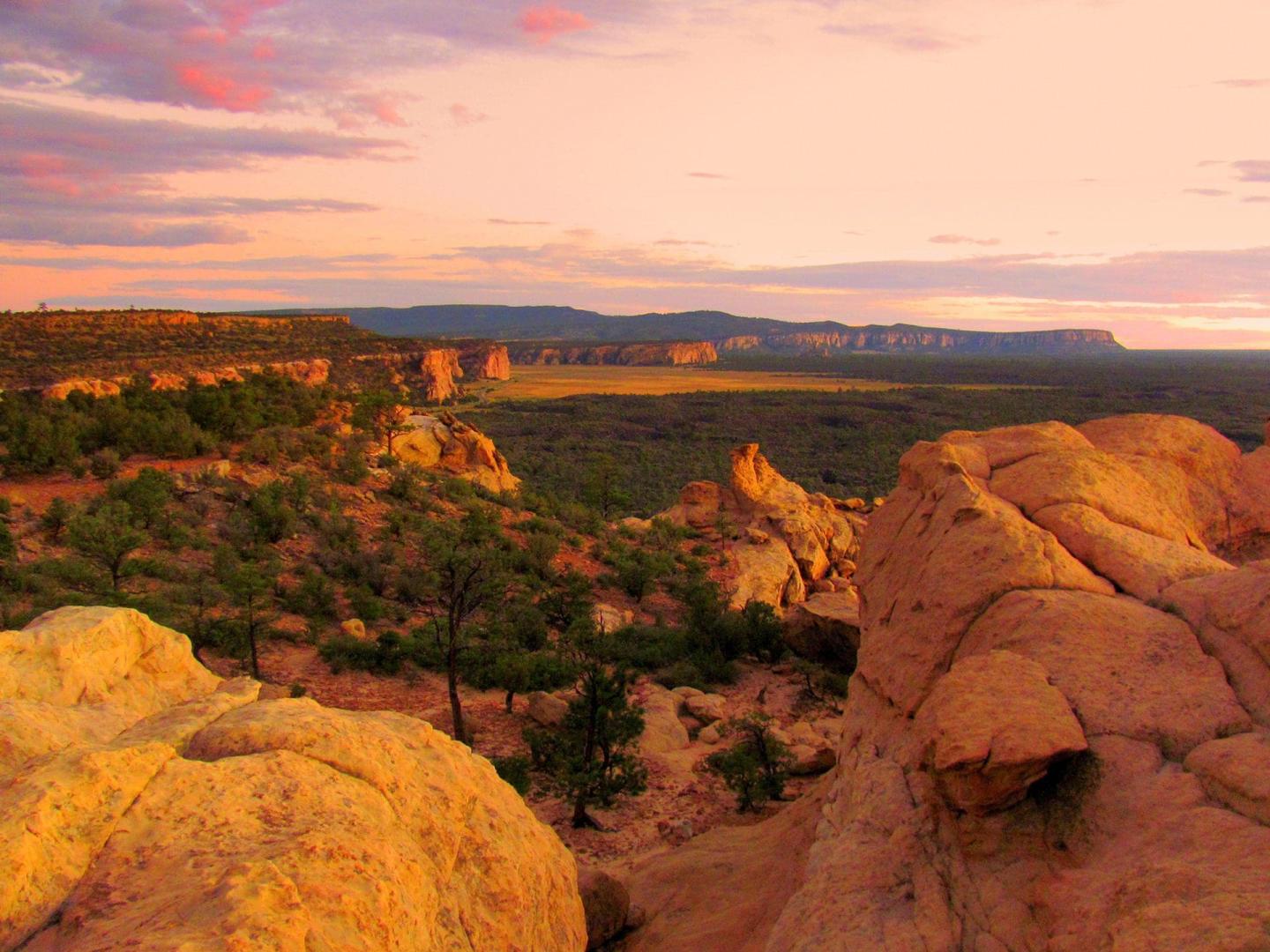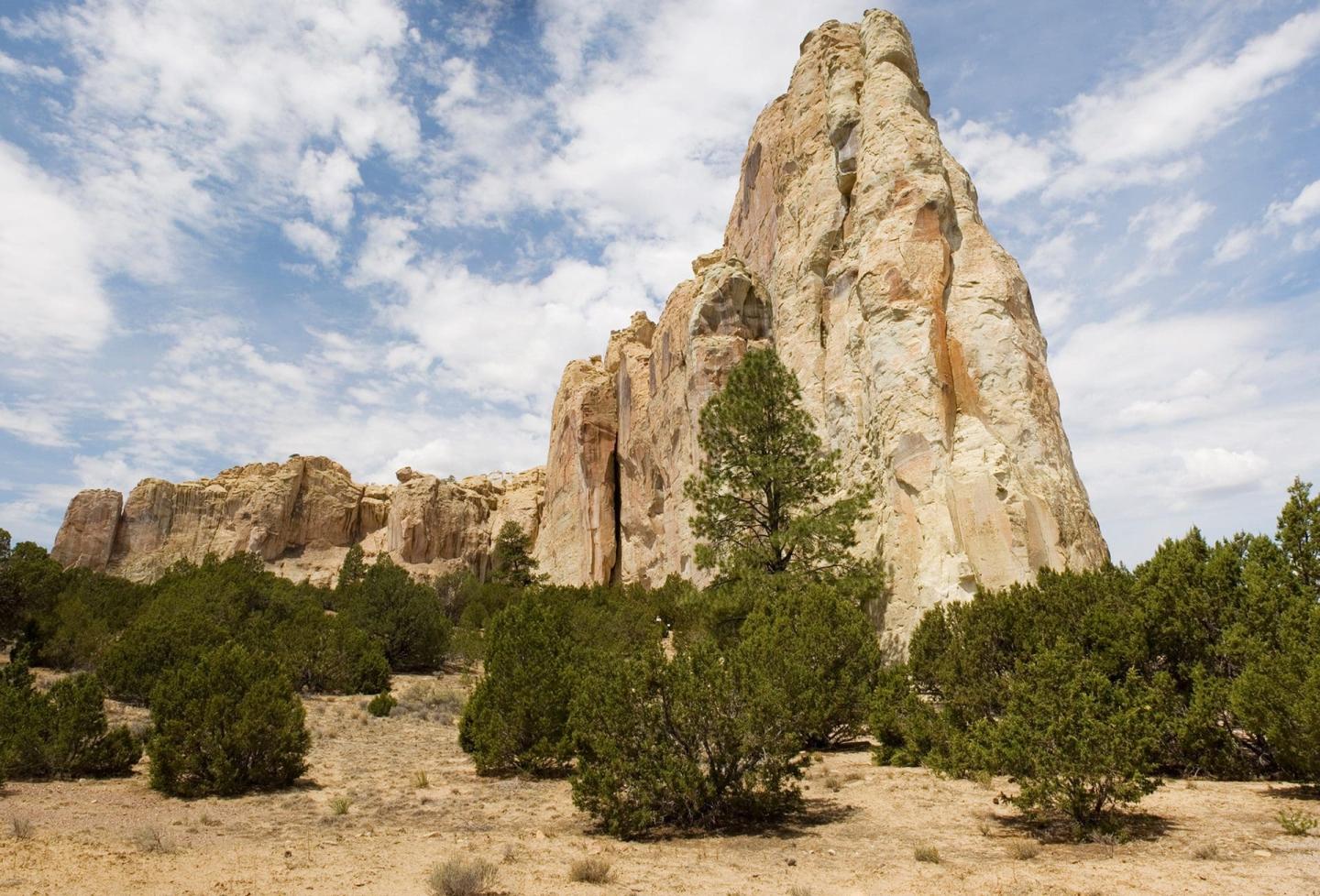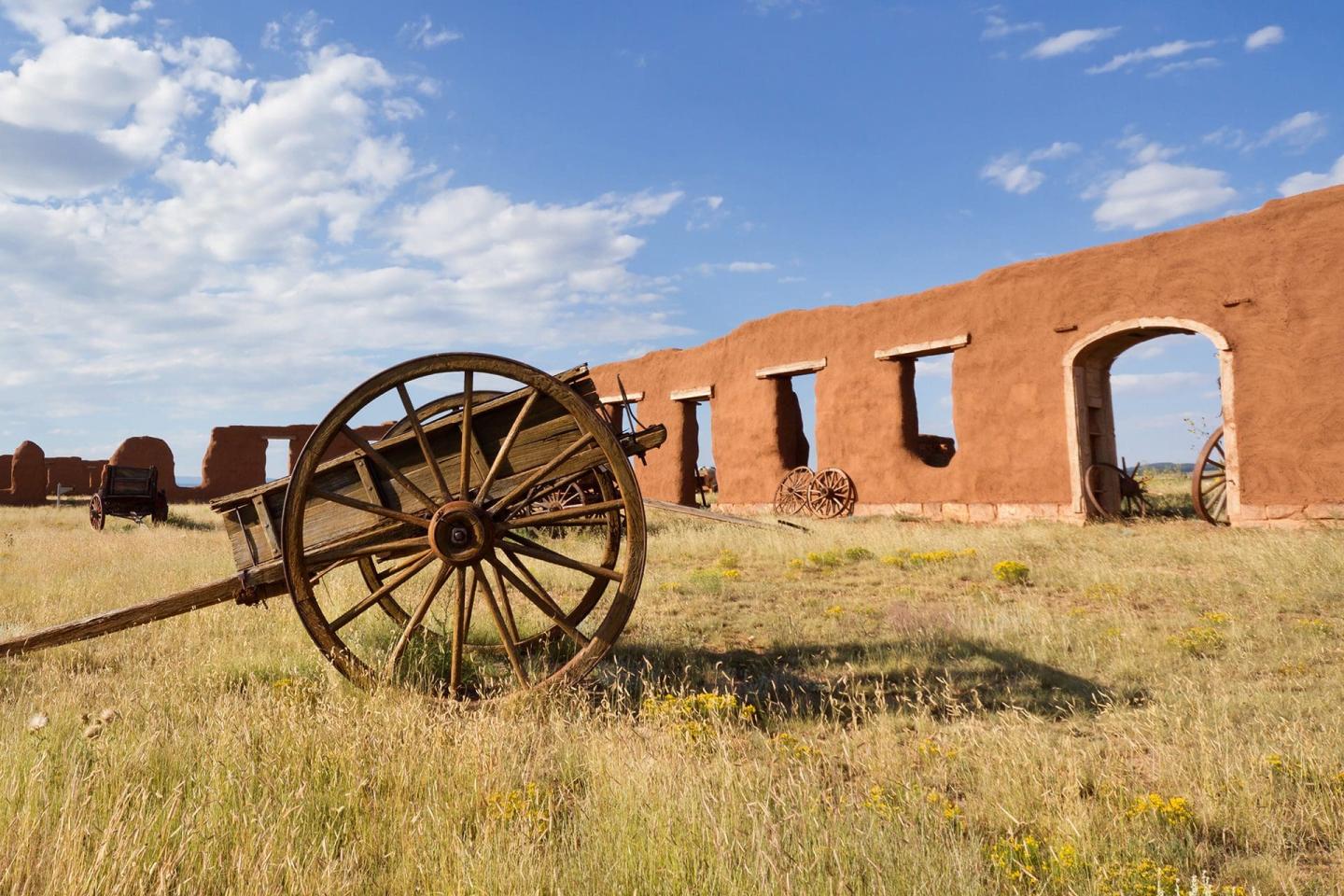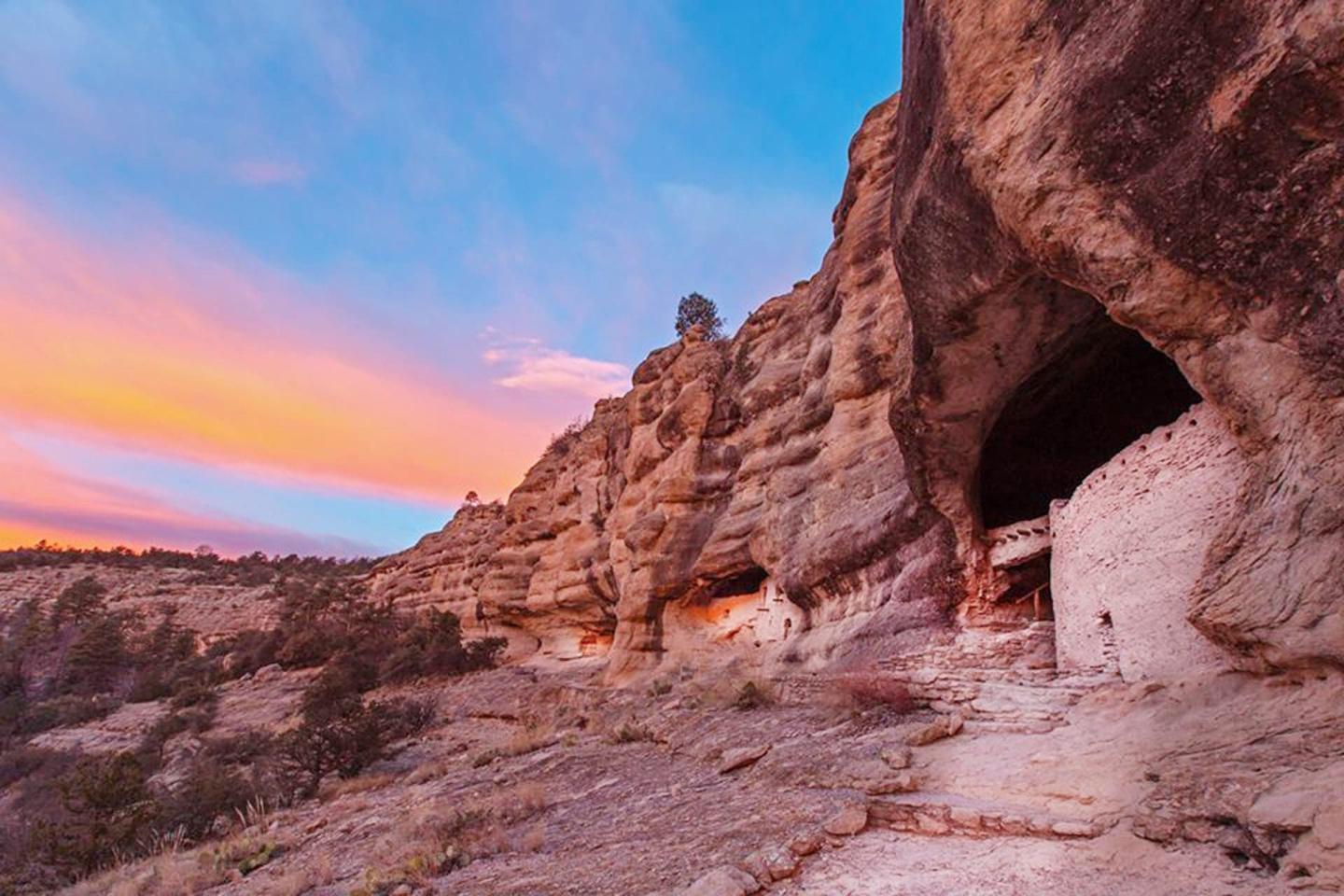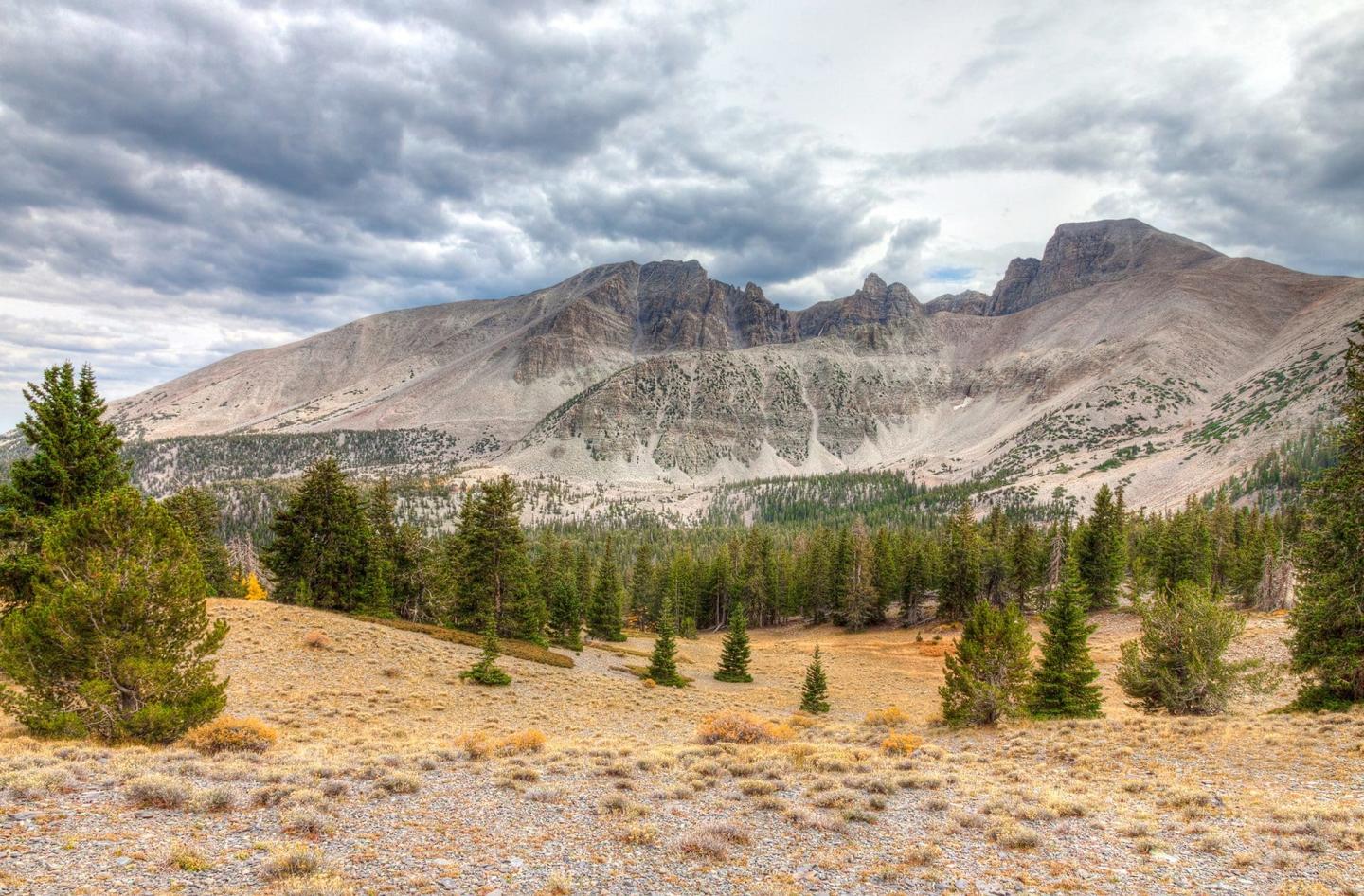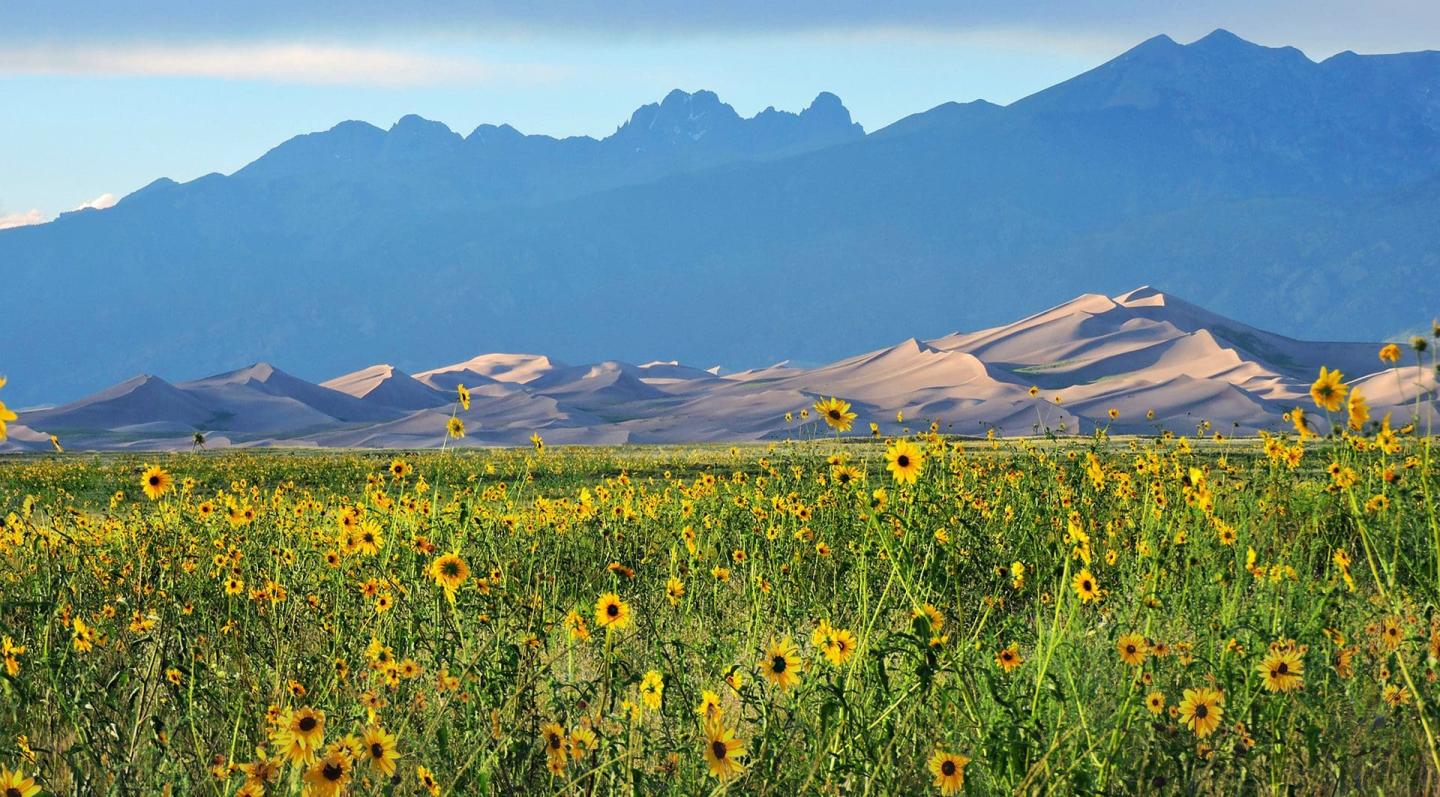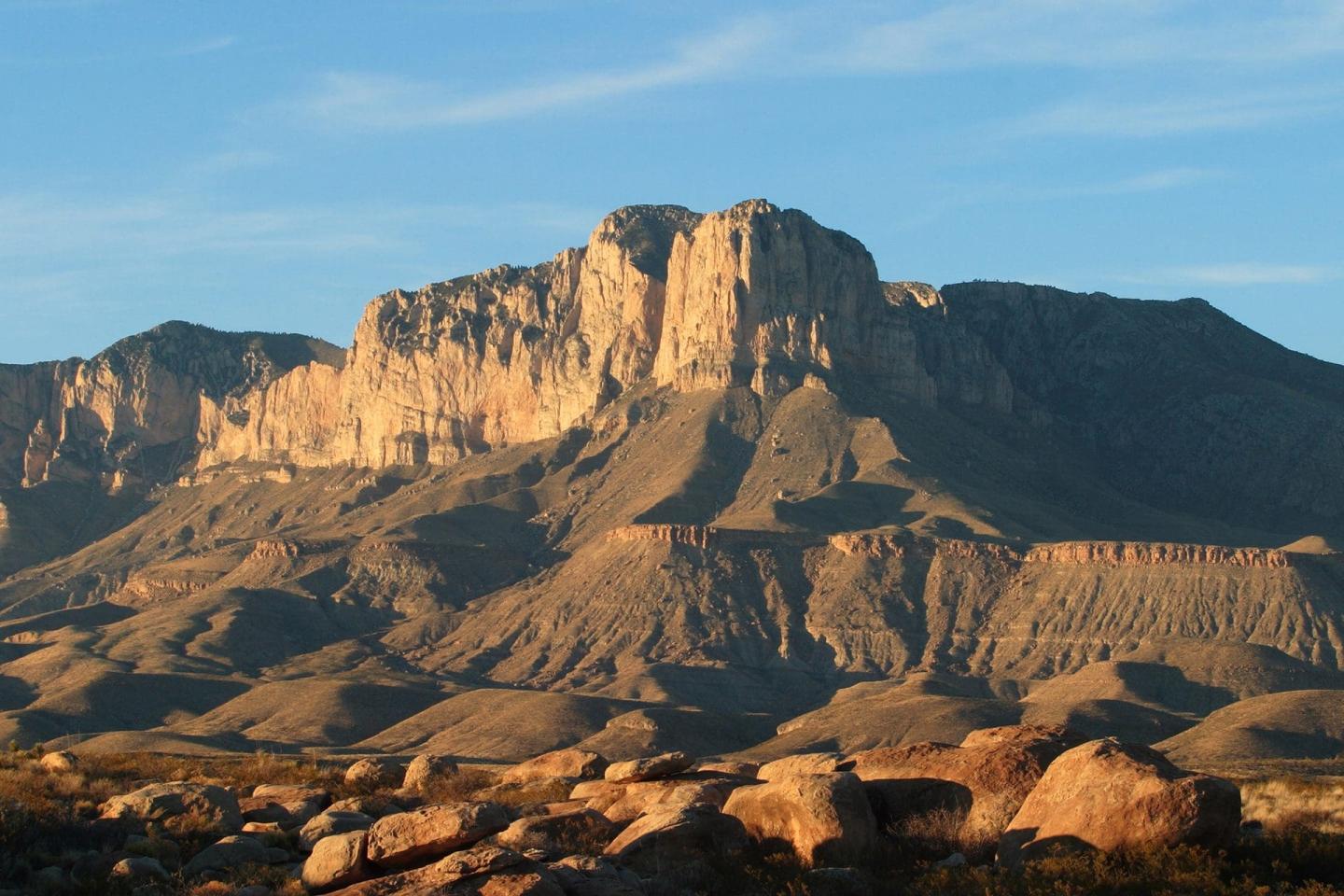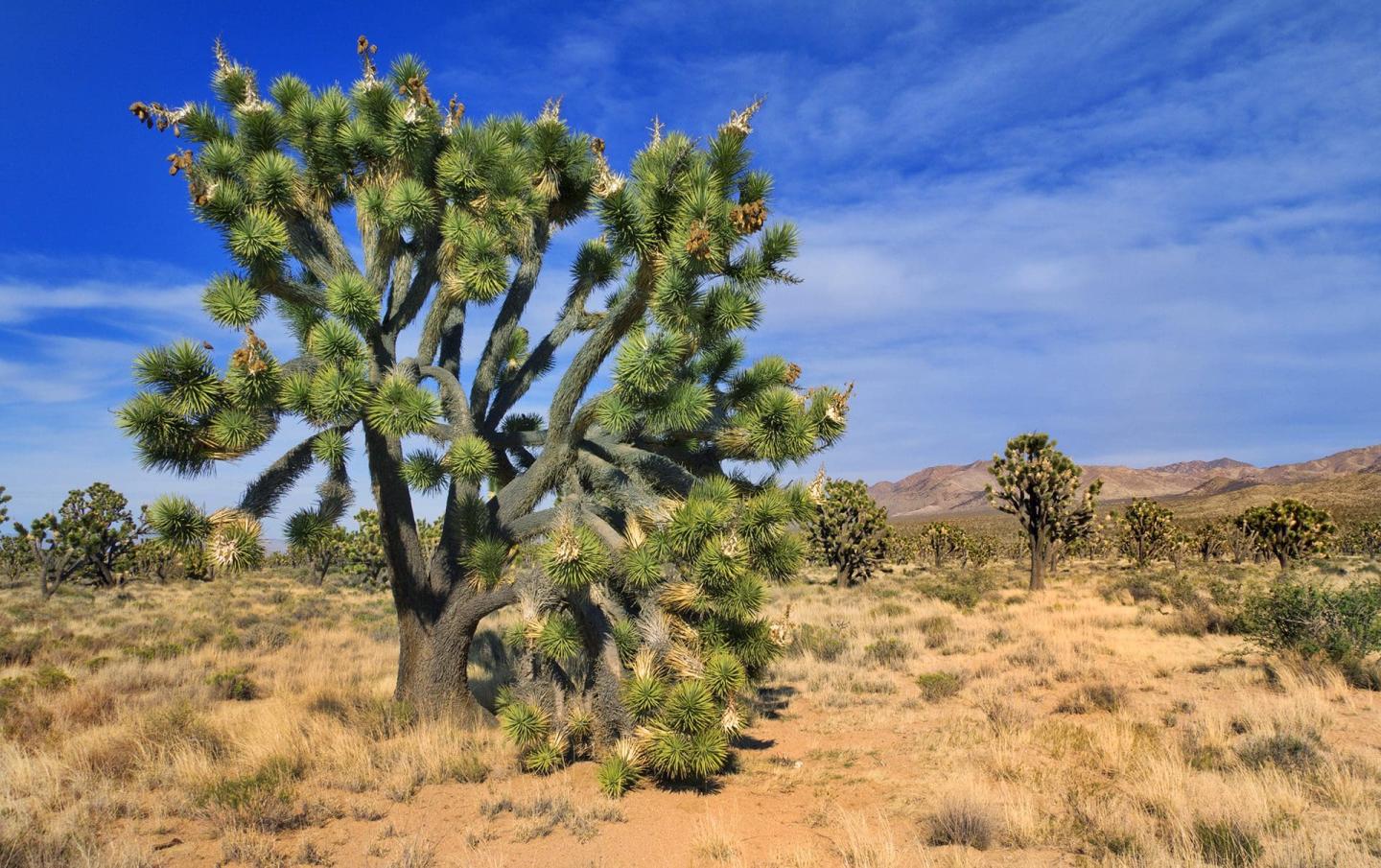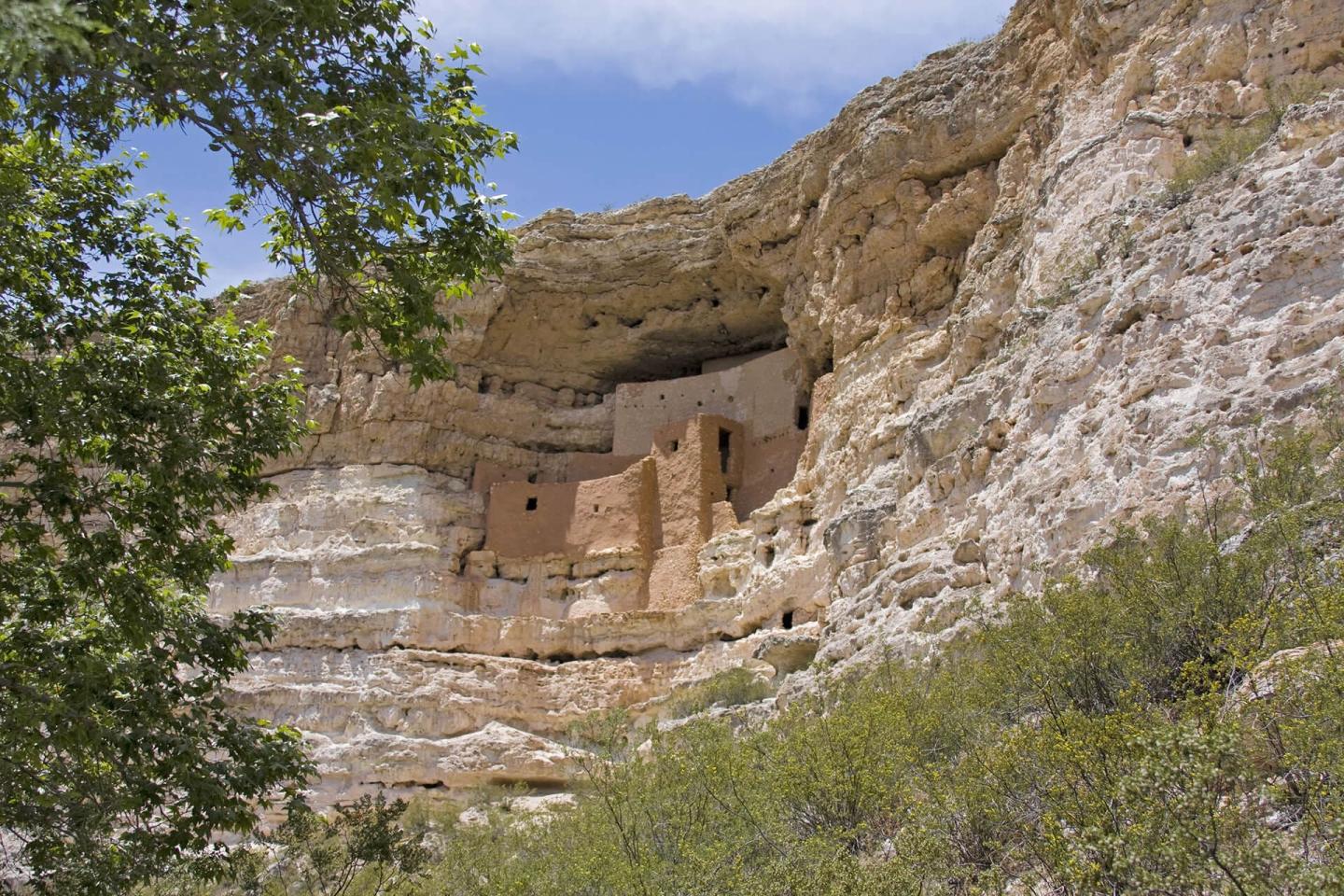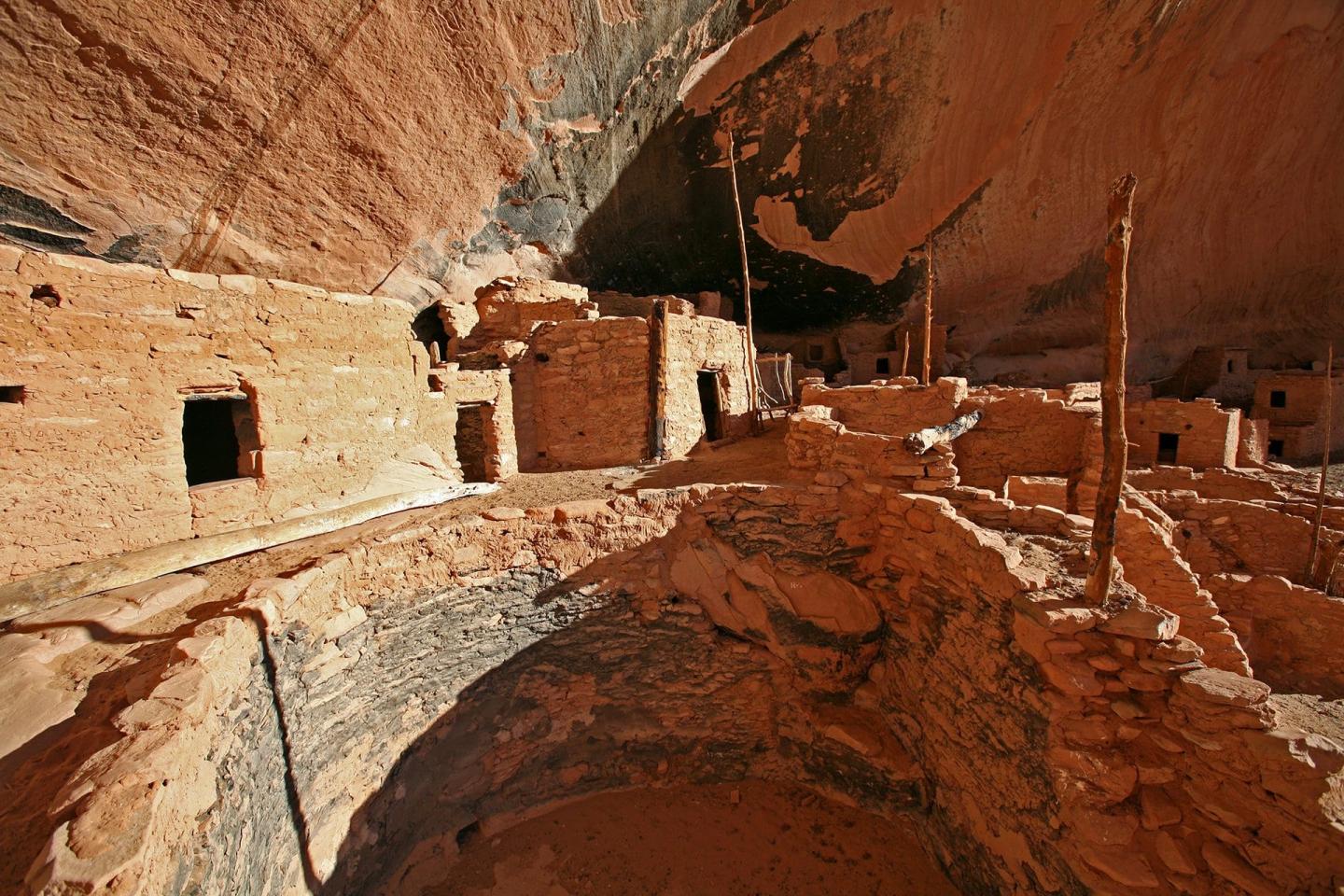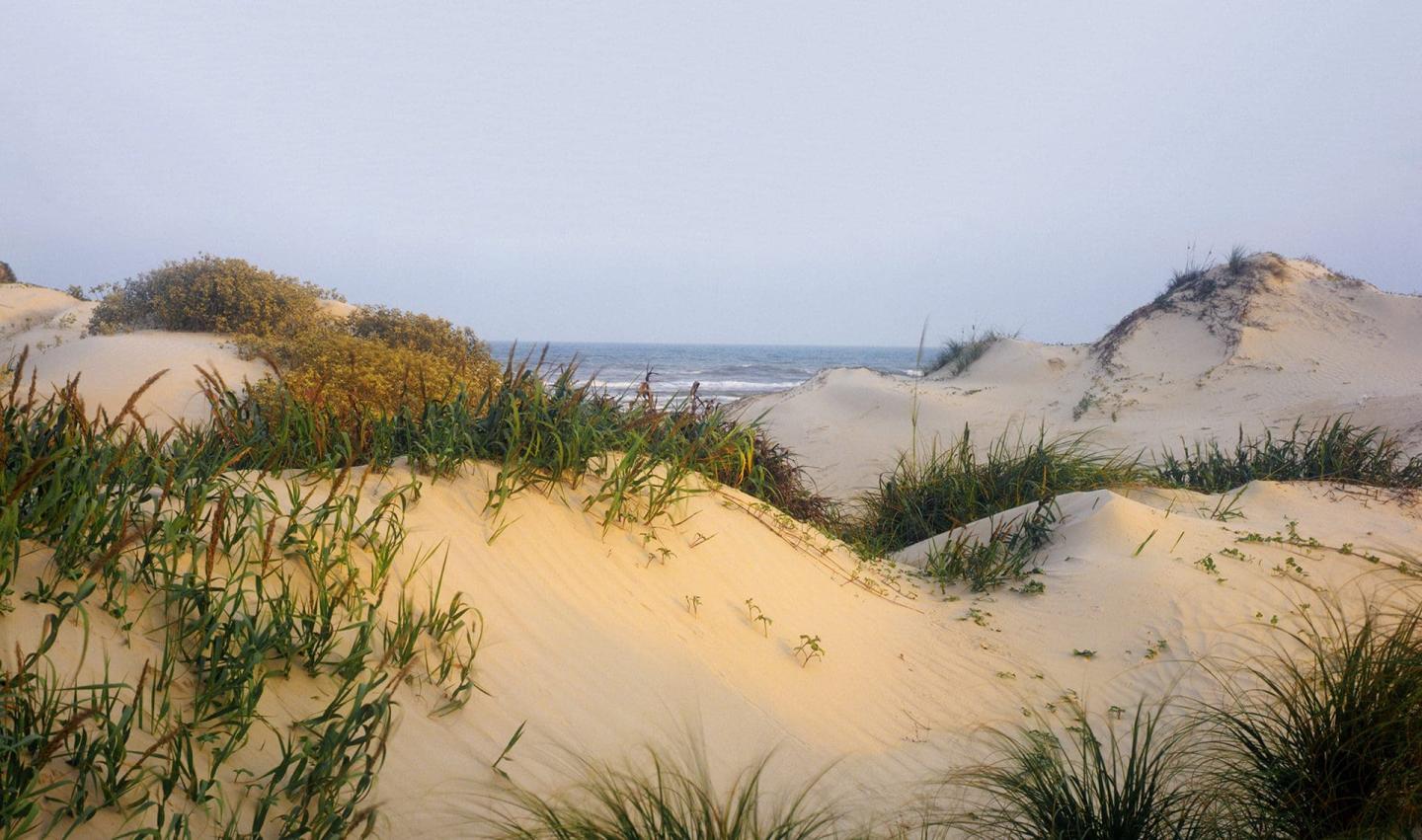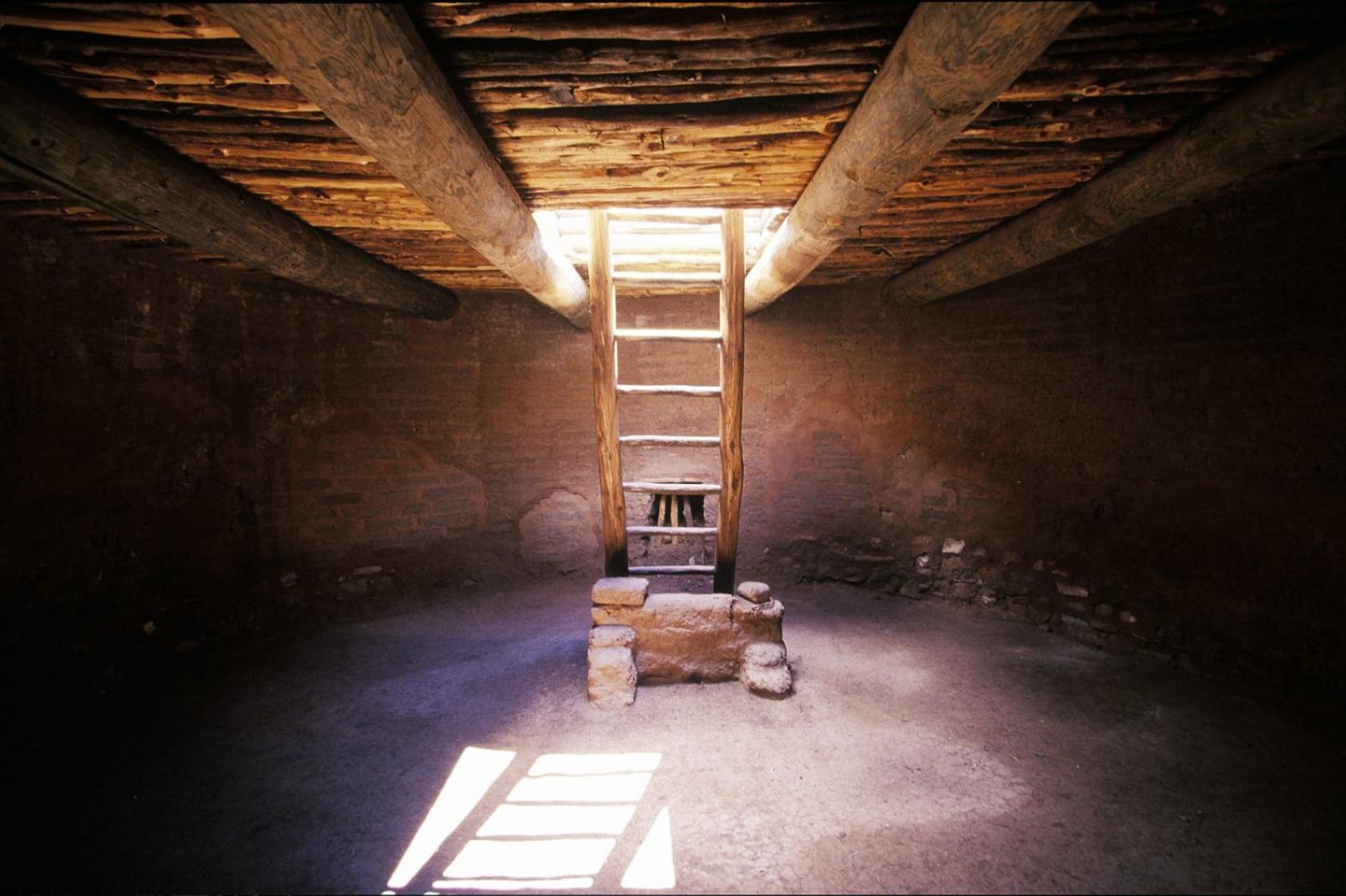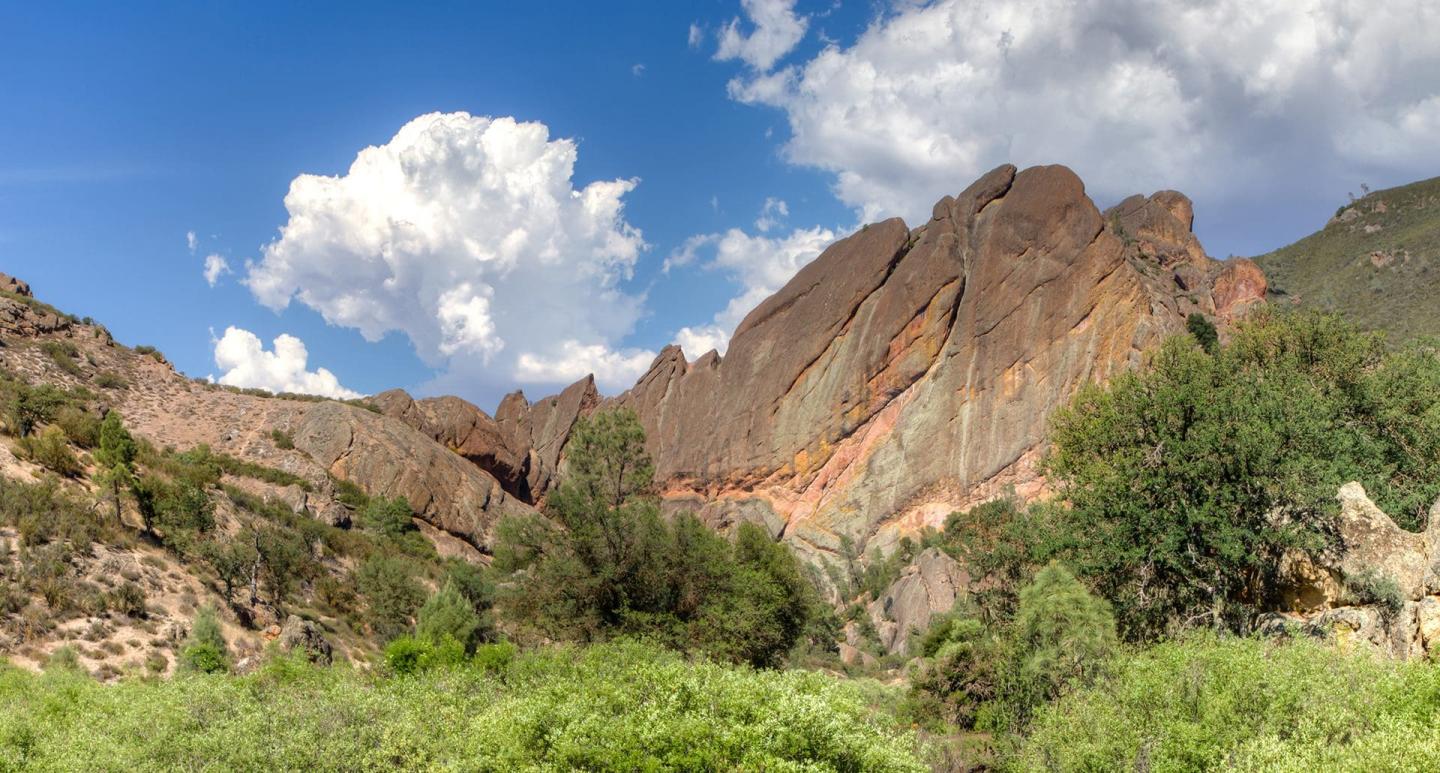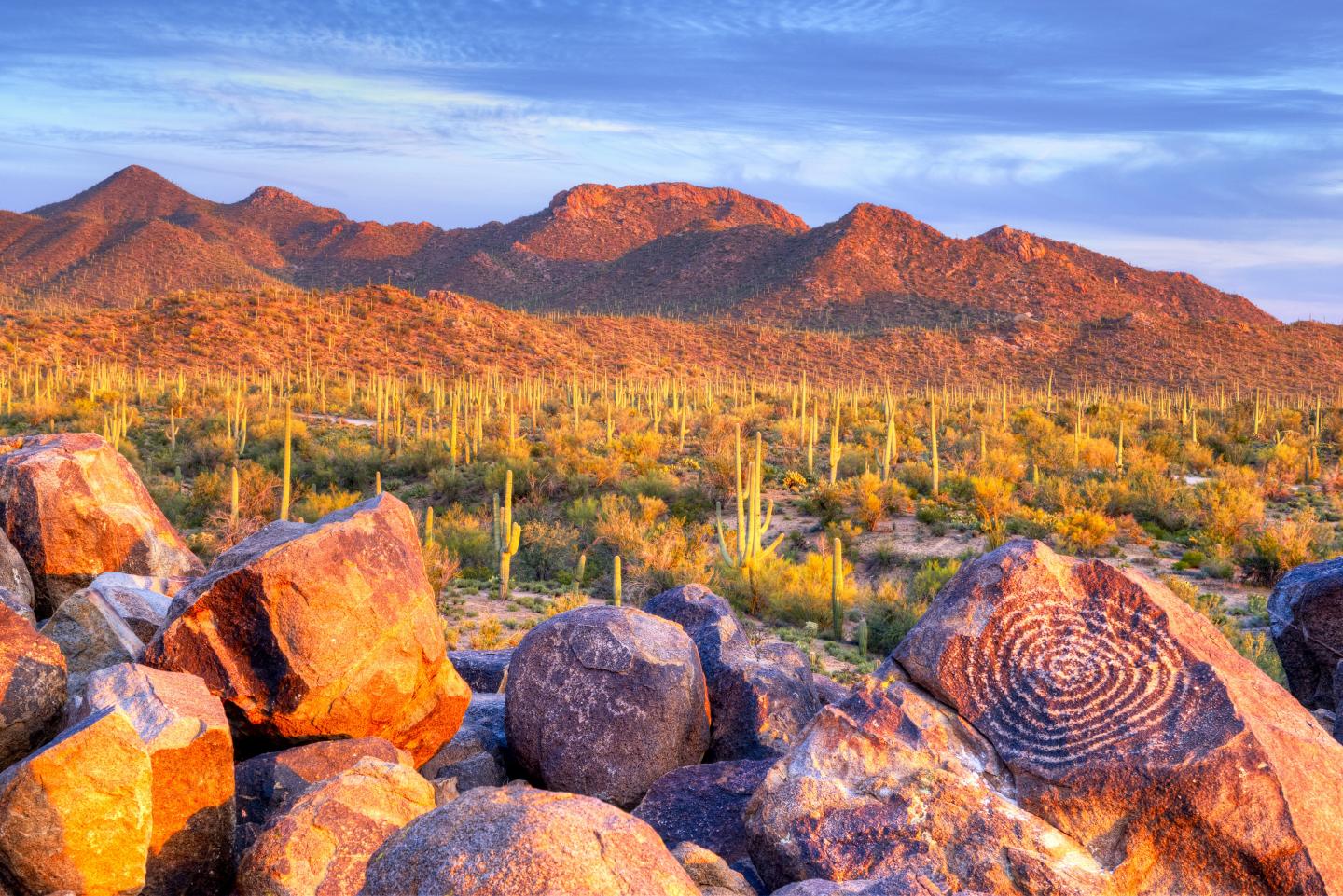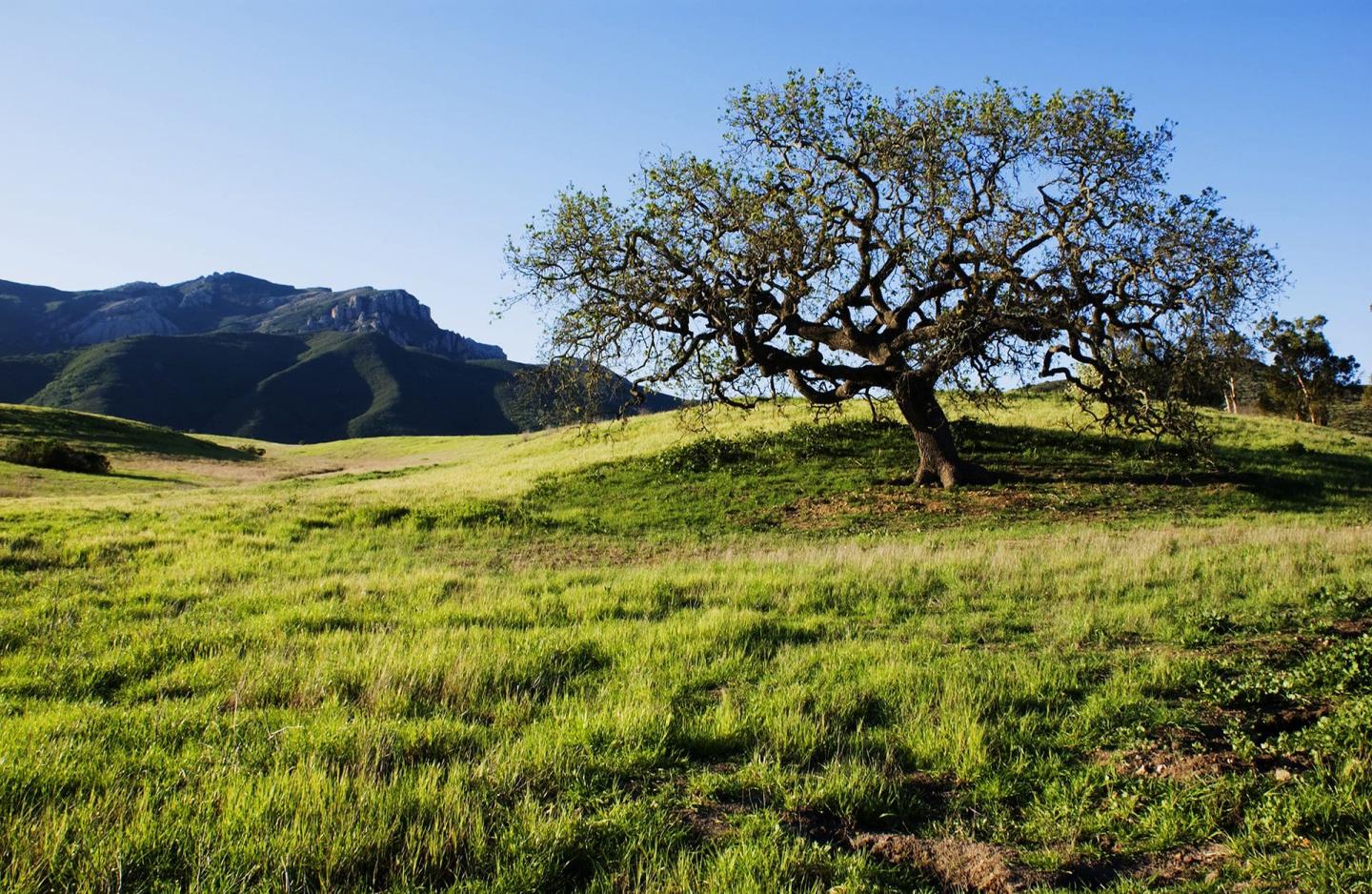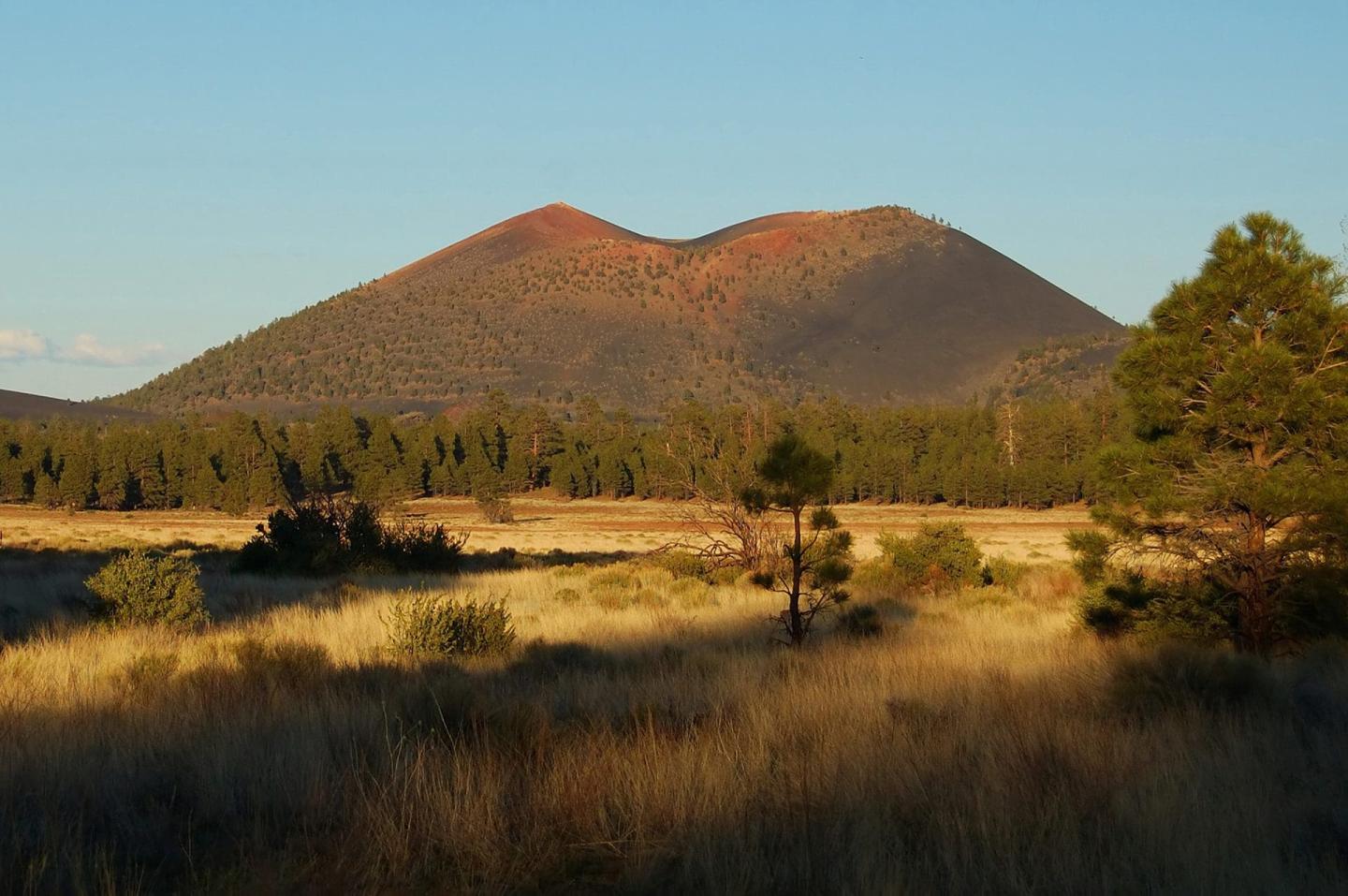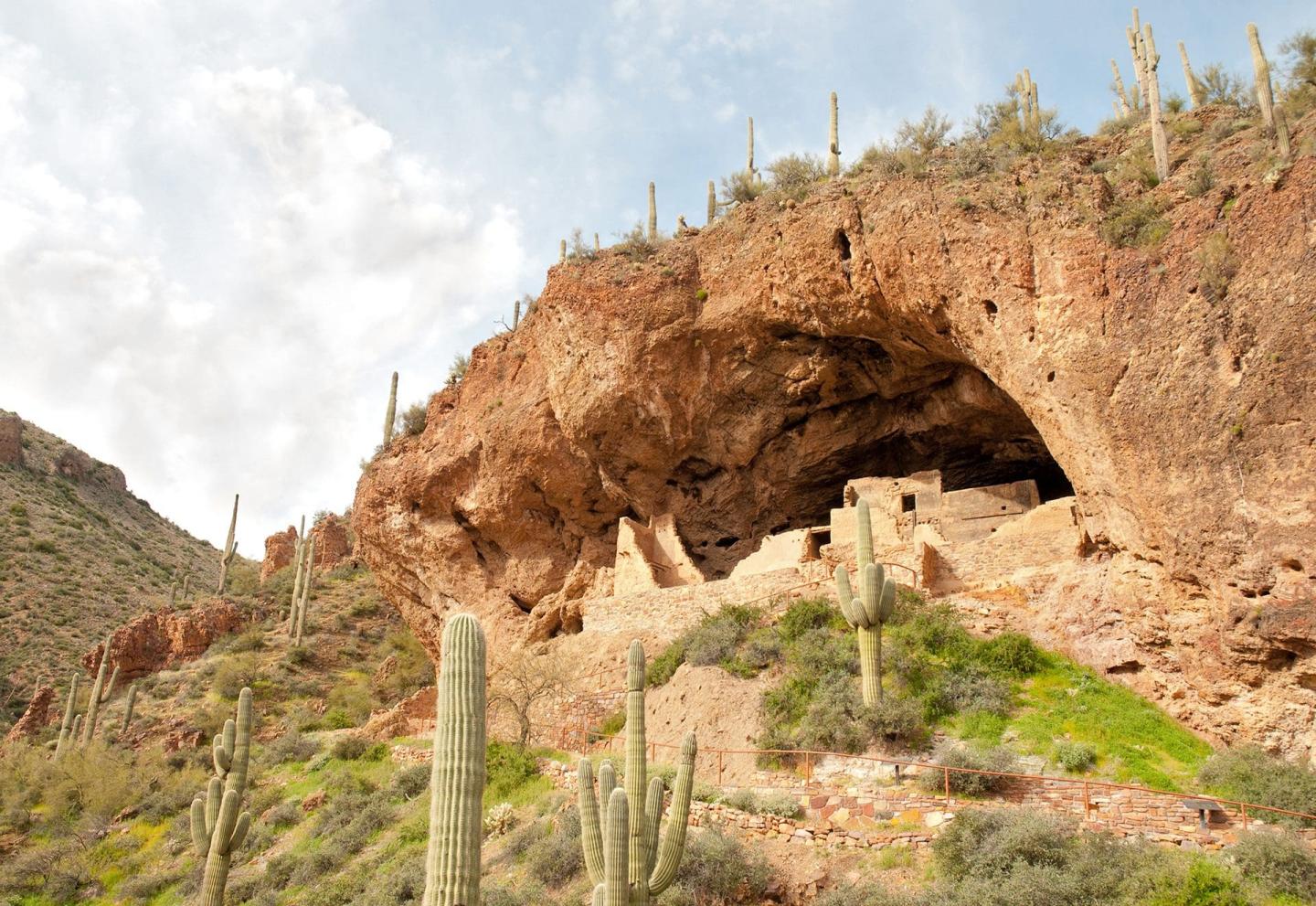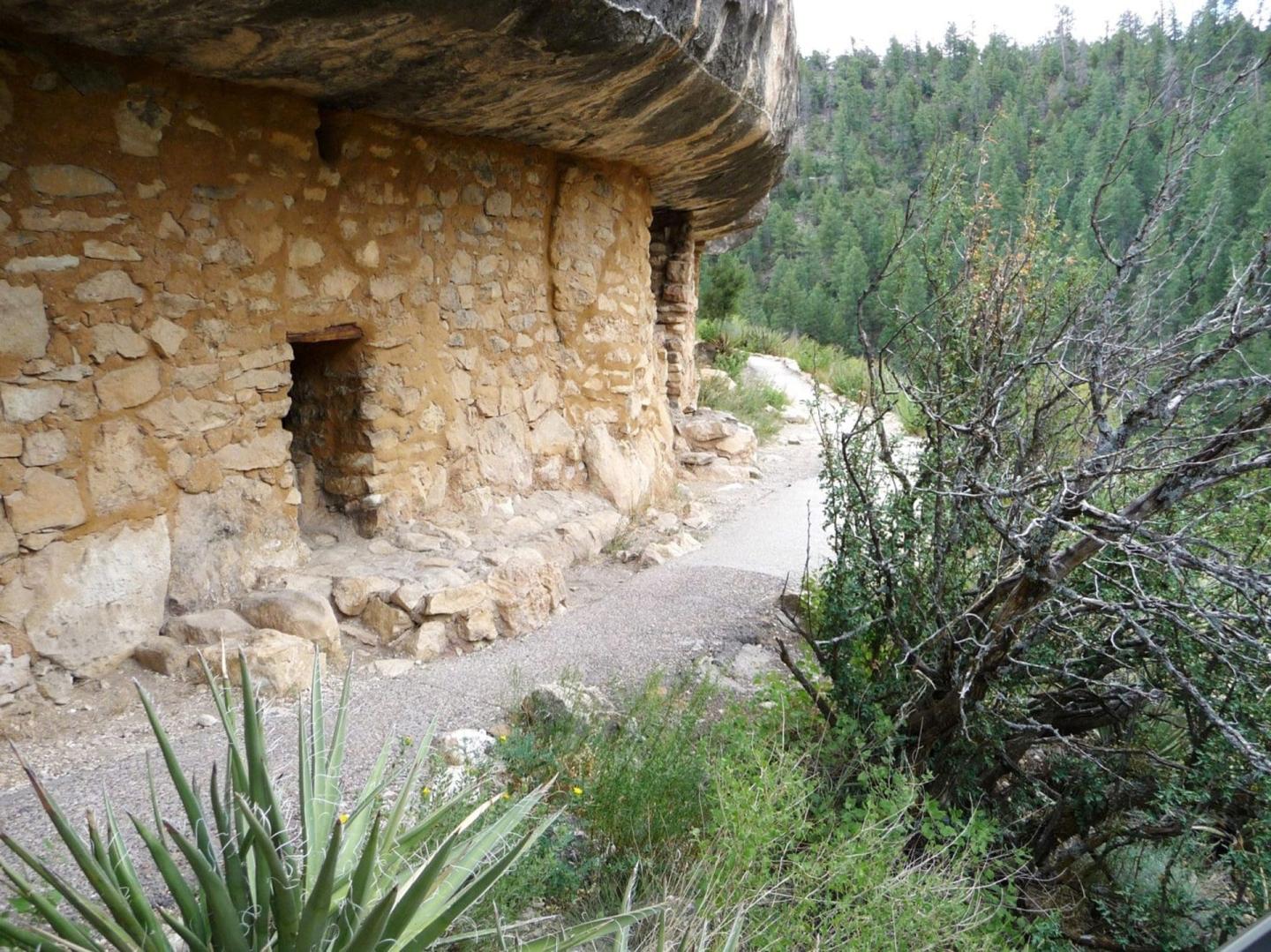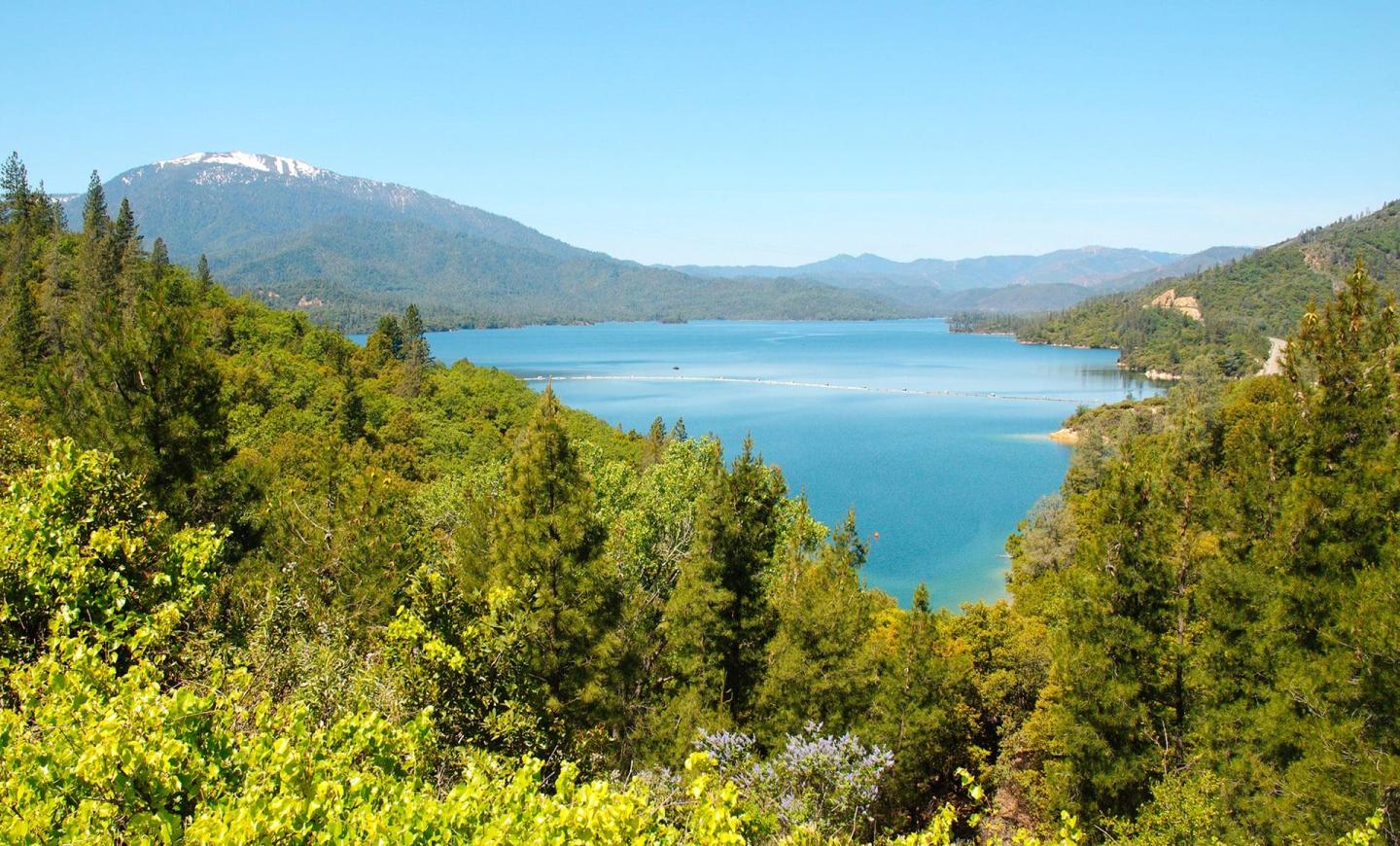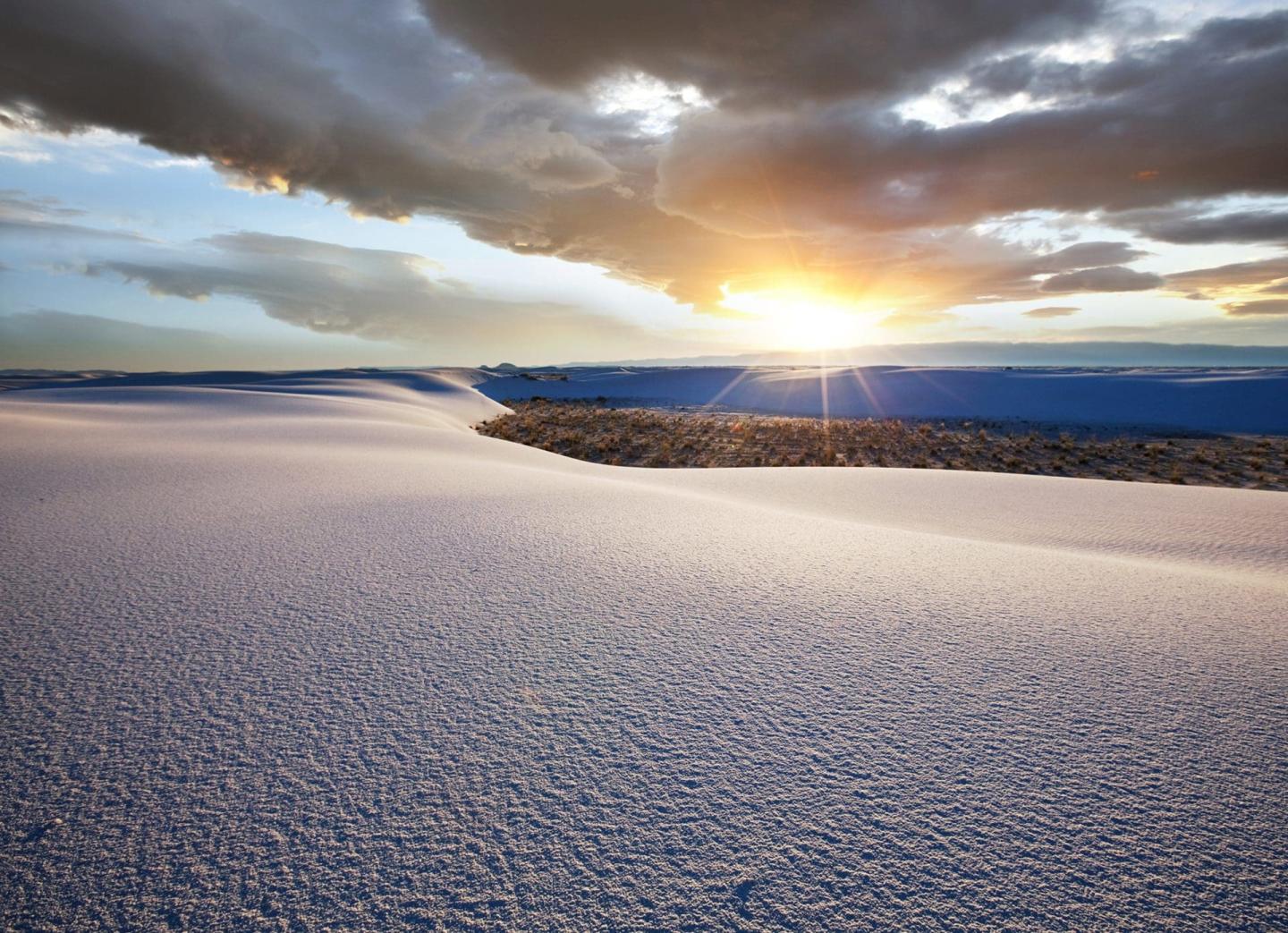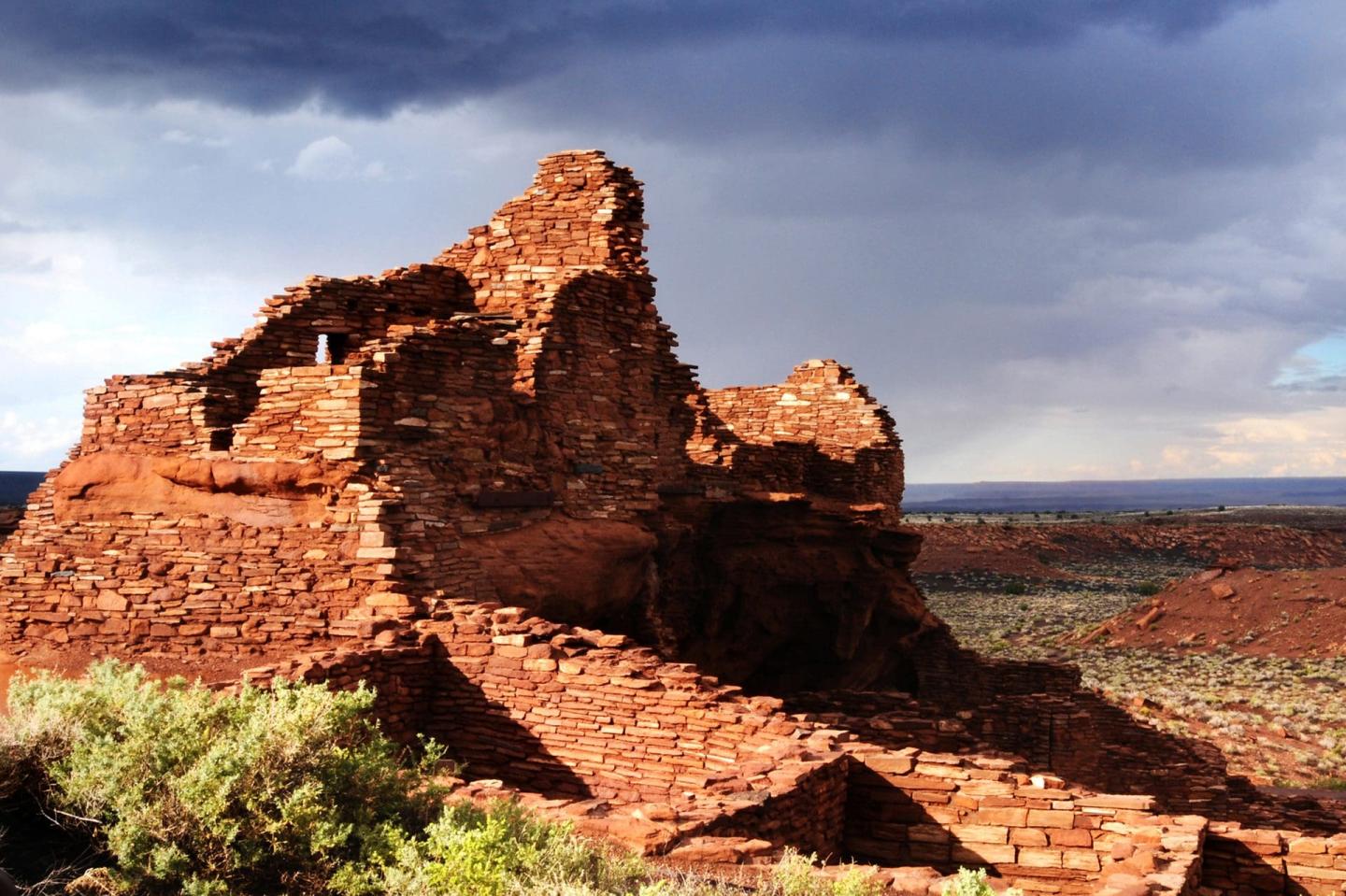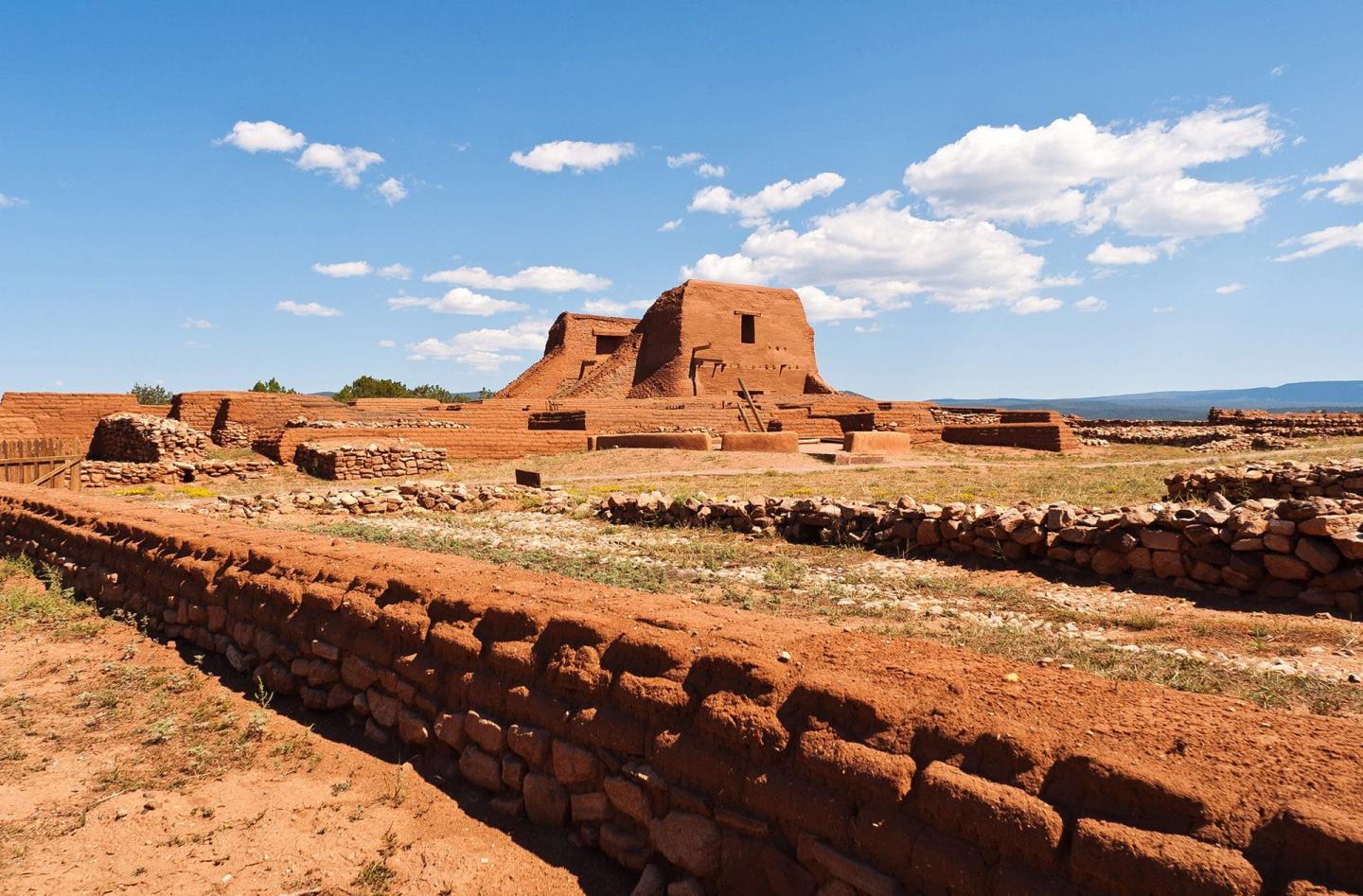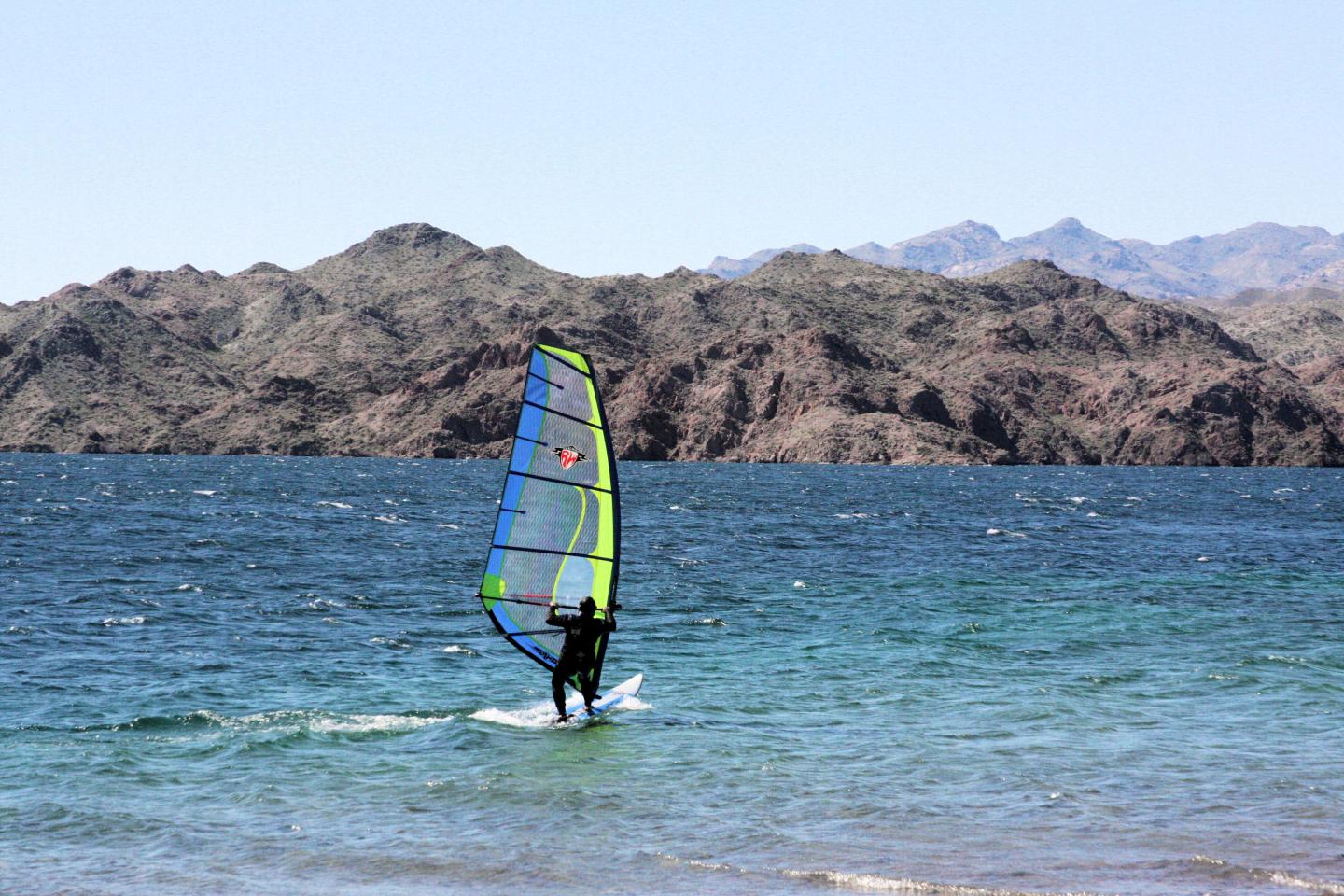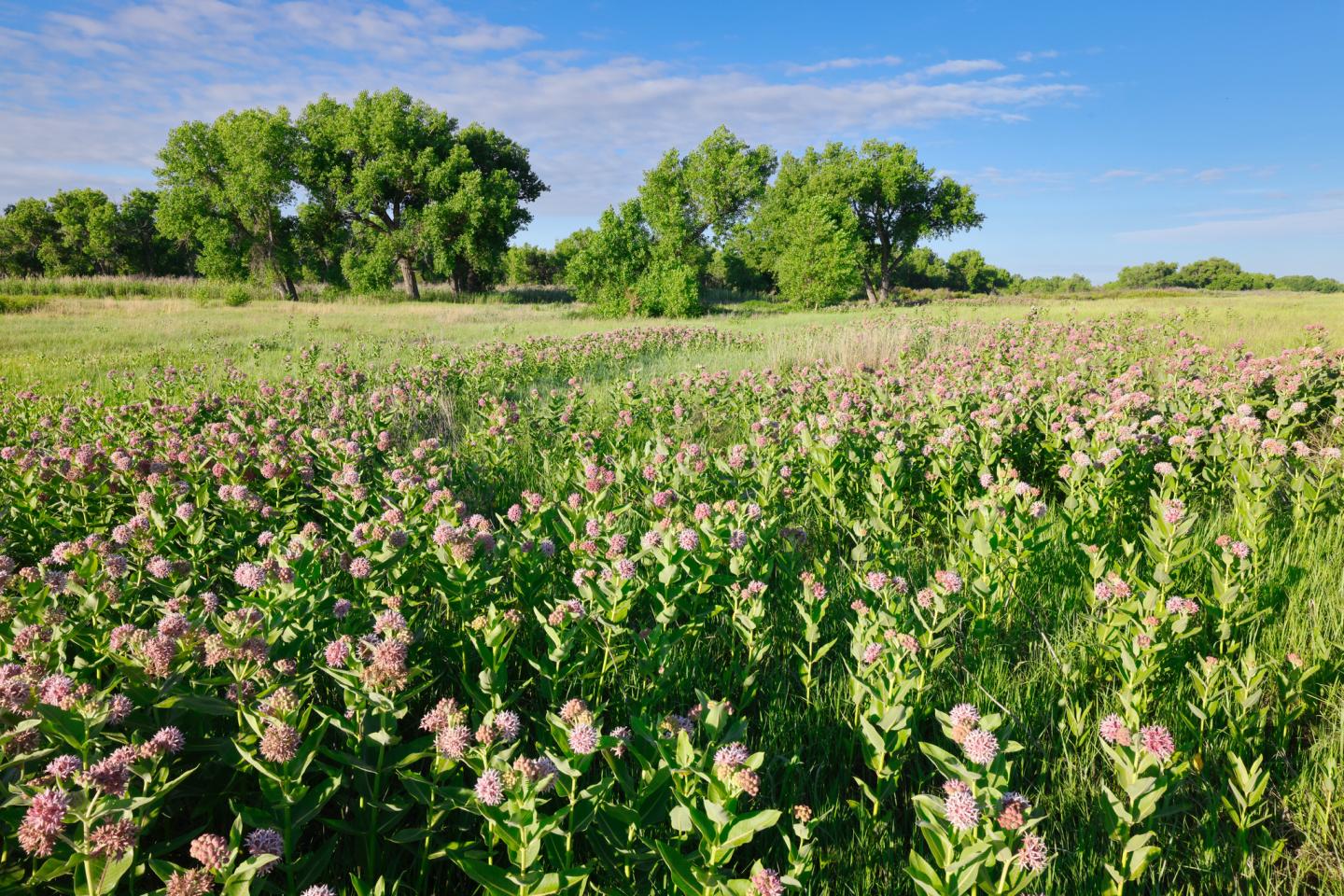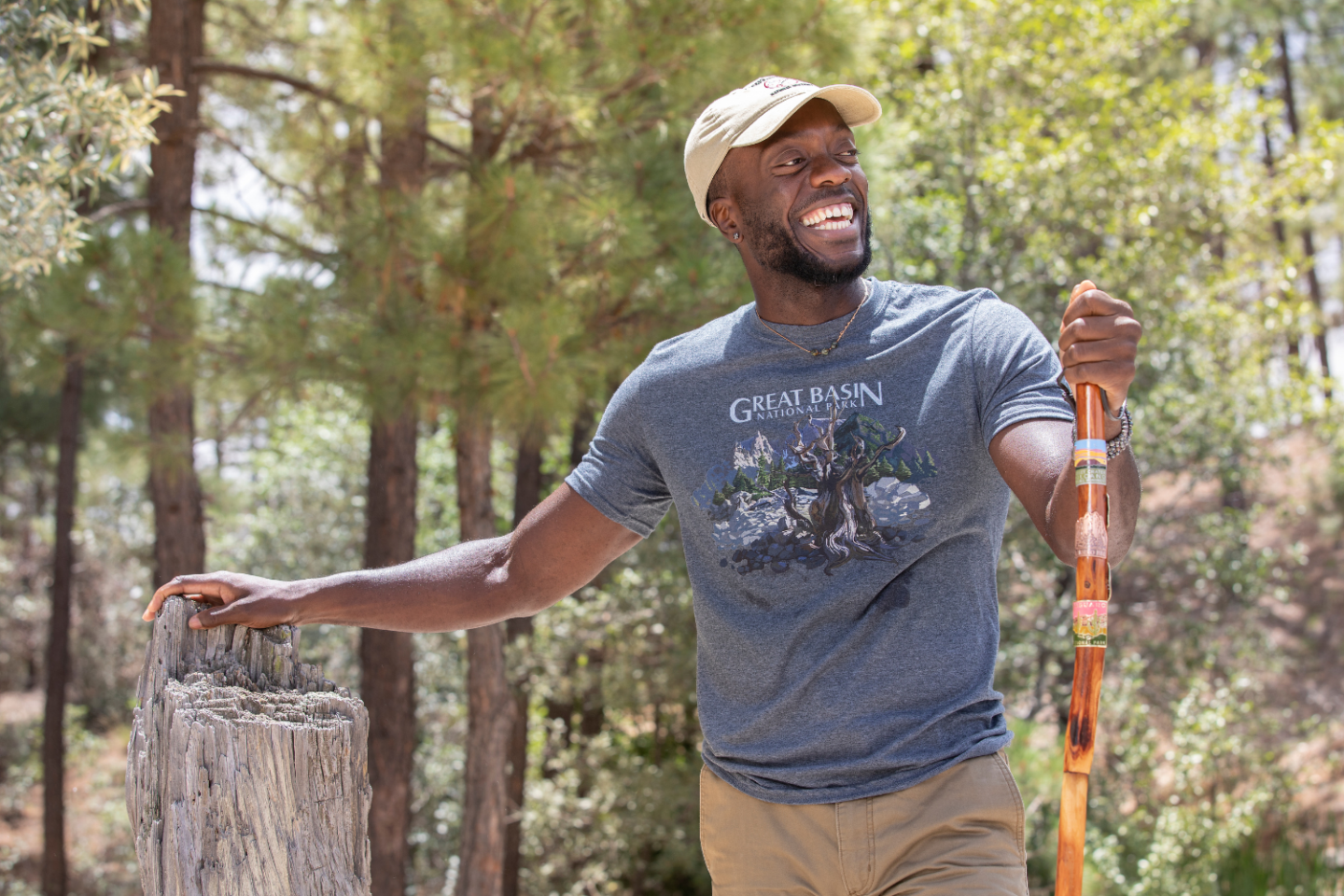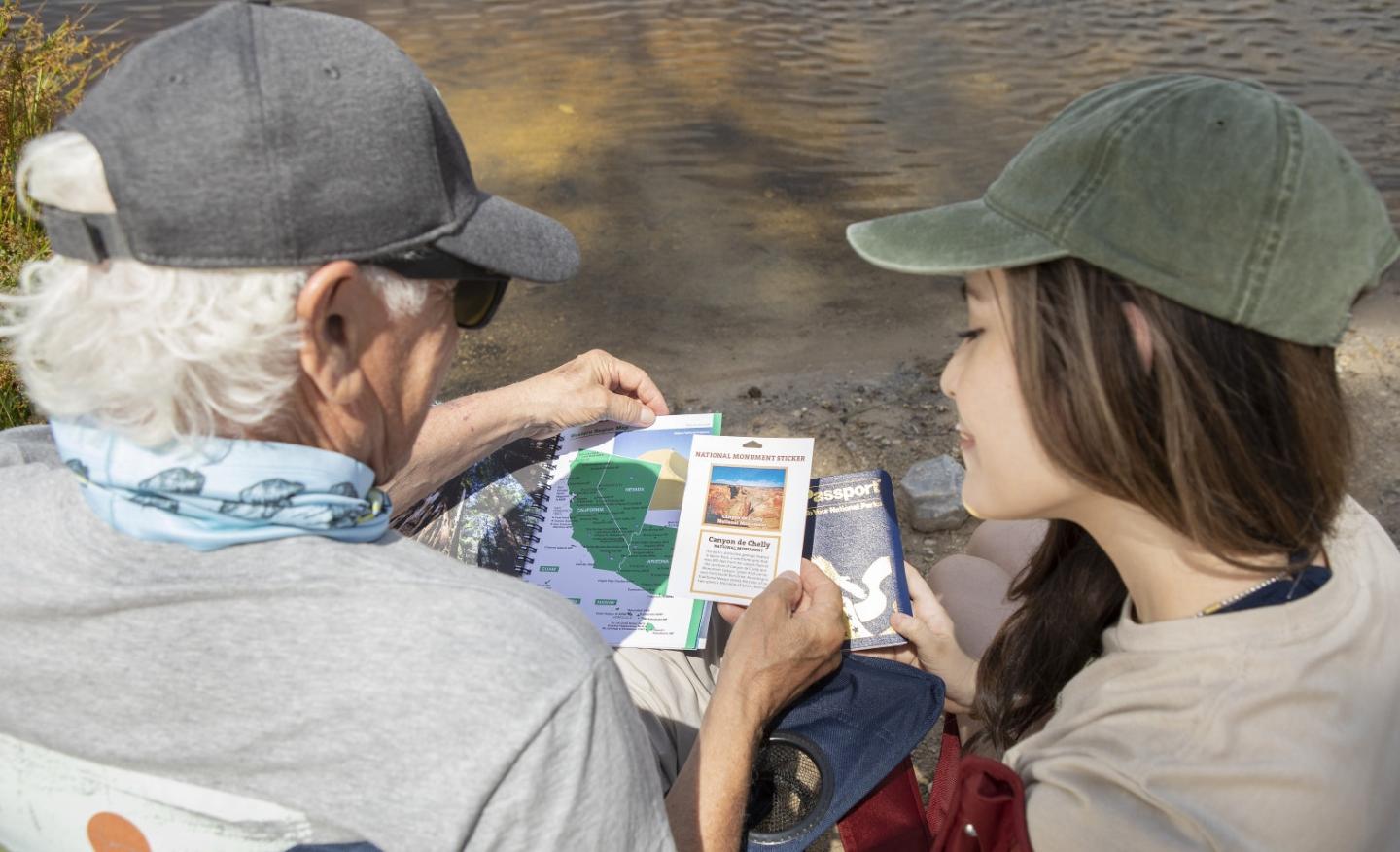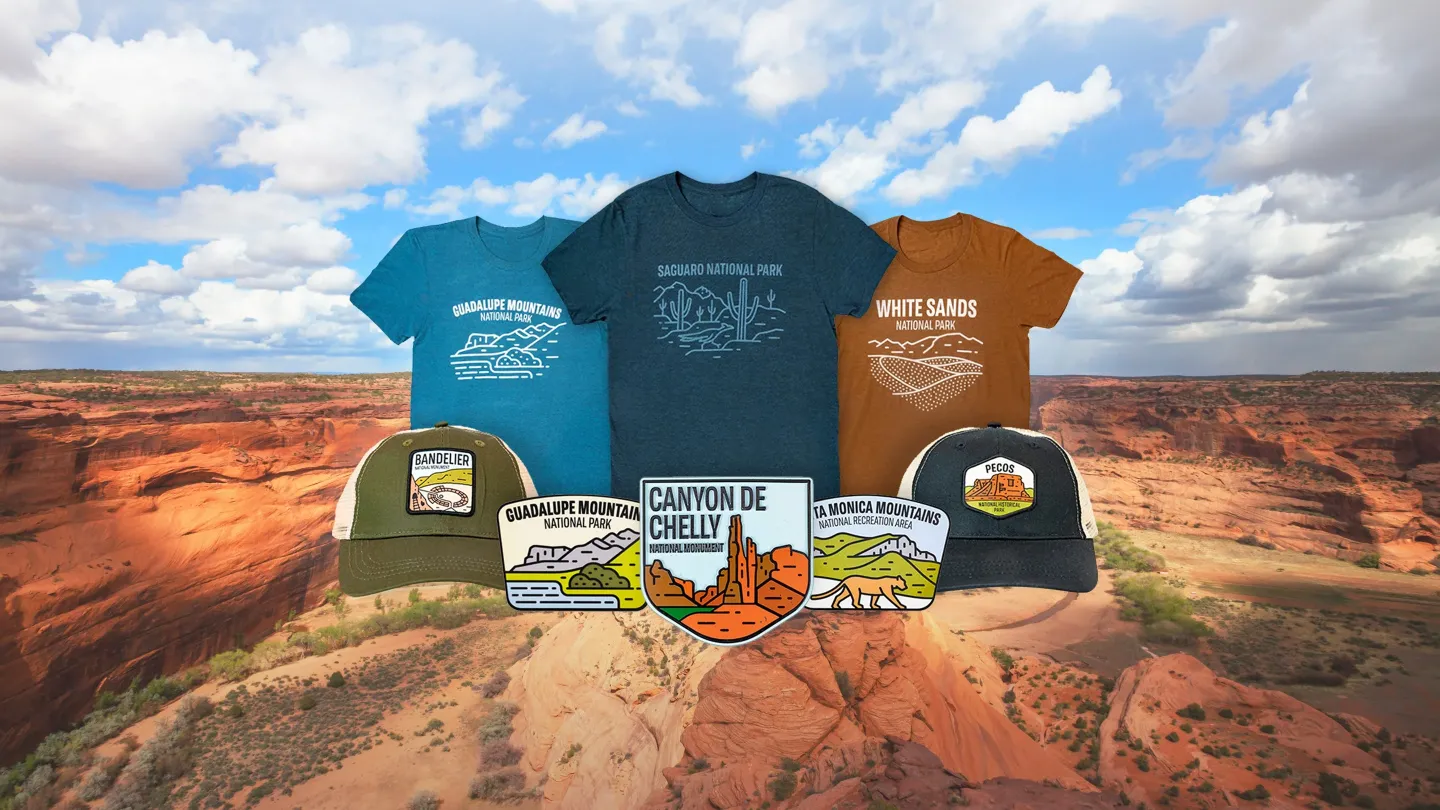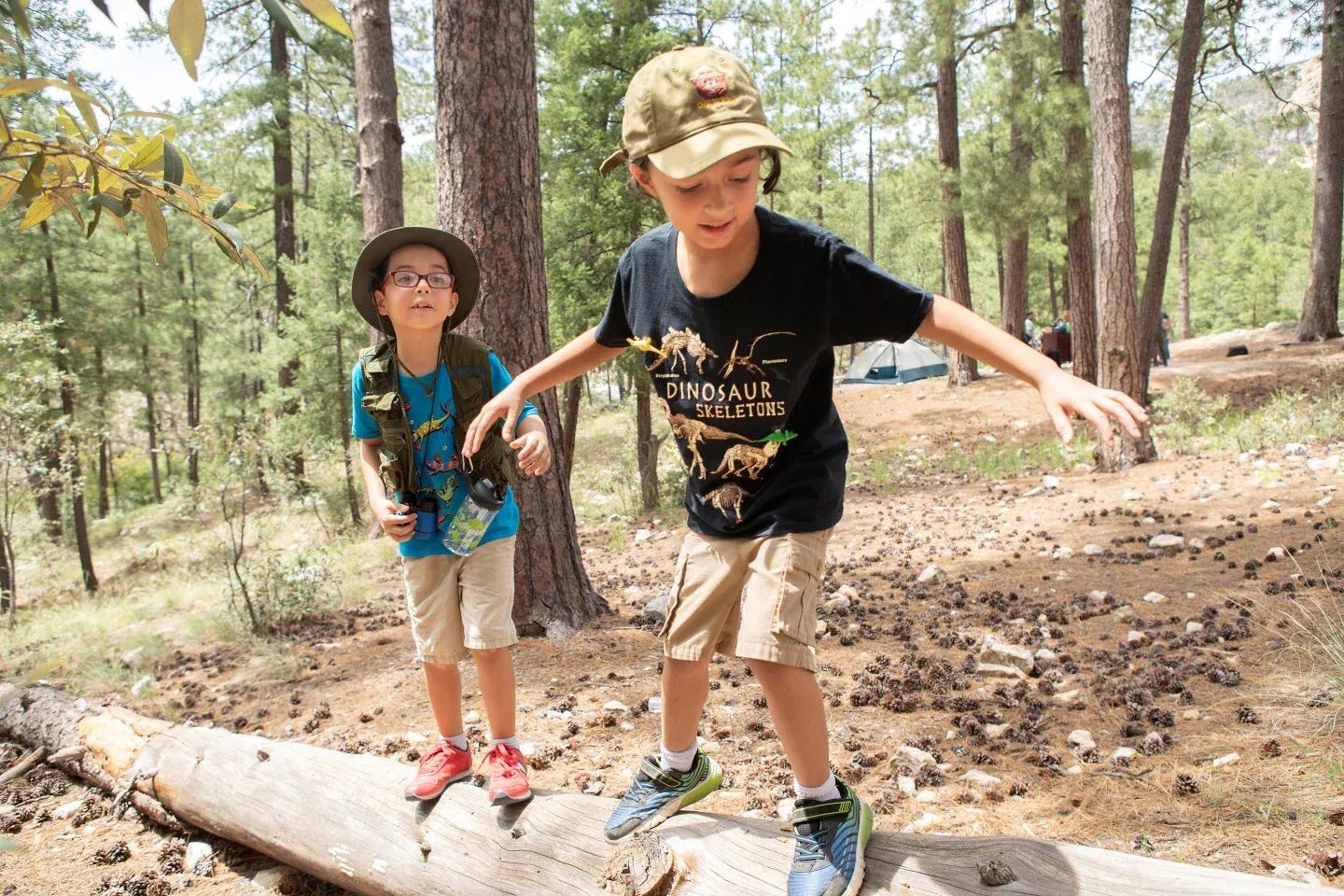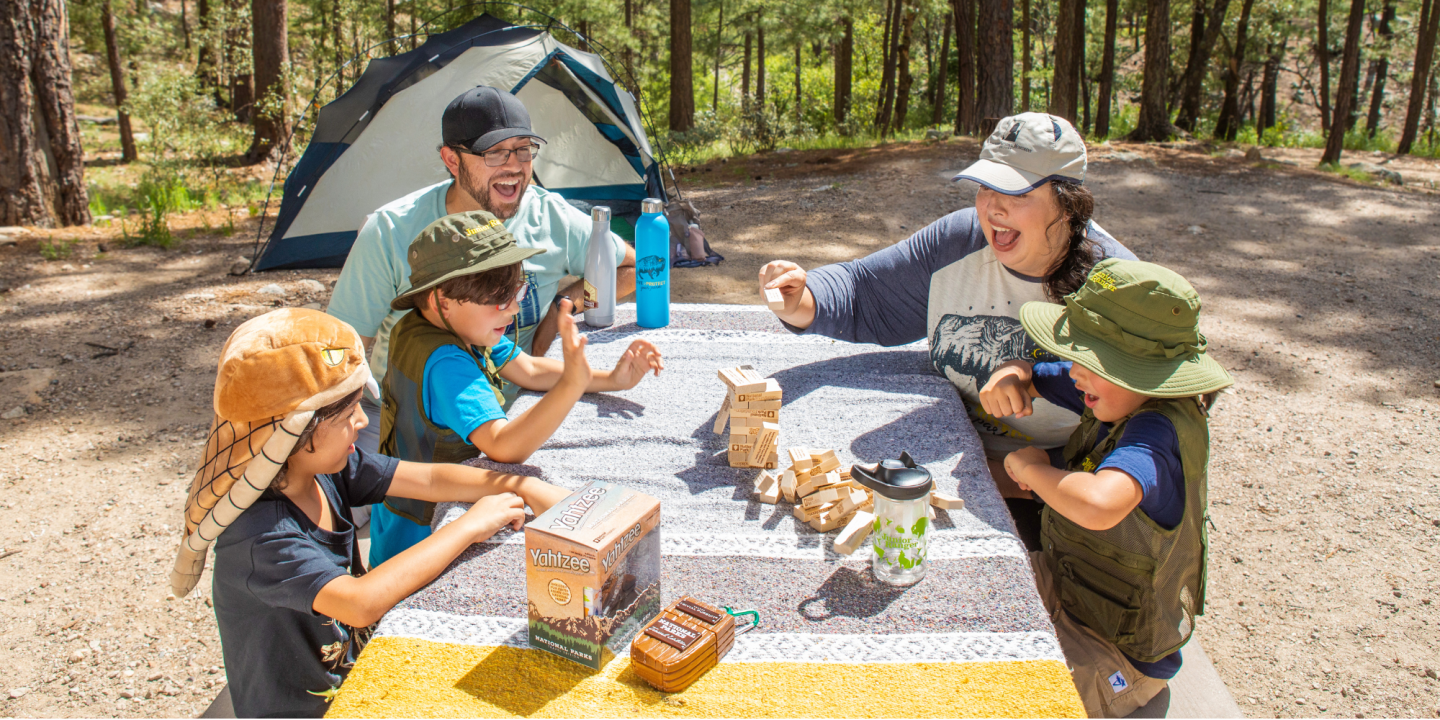
Stargazing
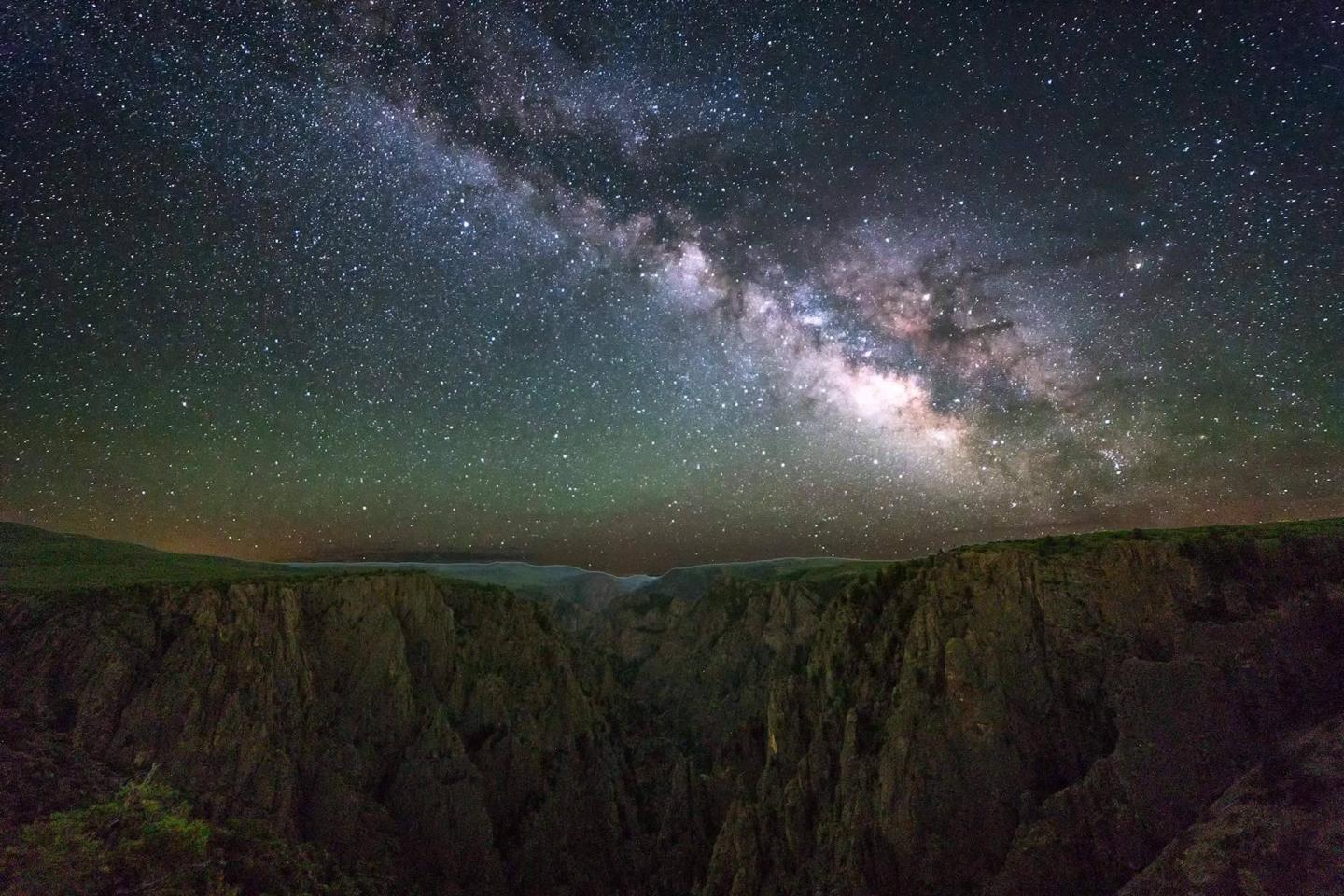
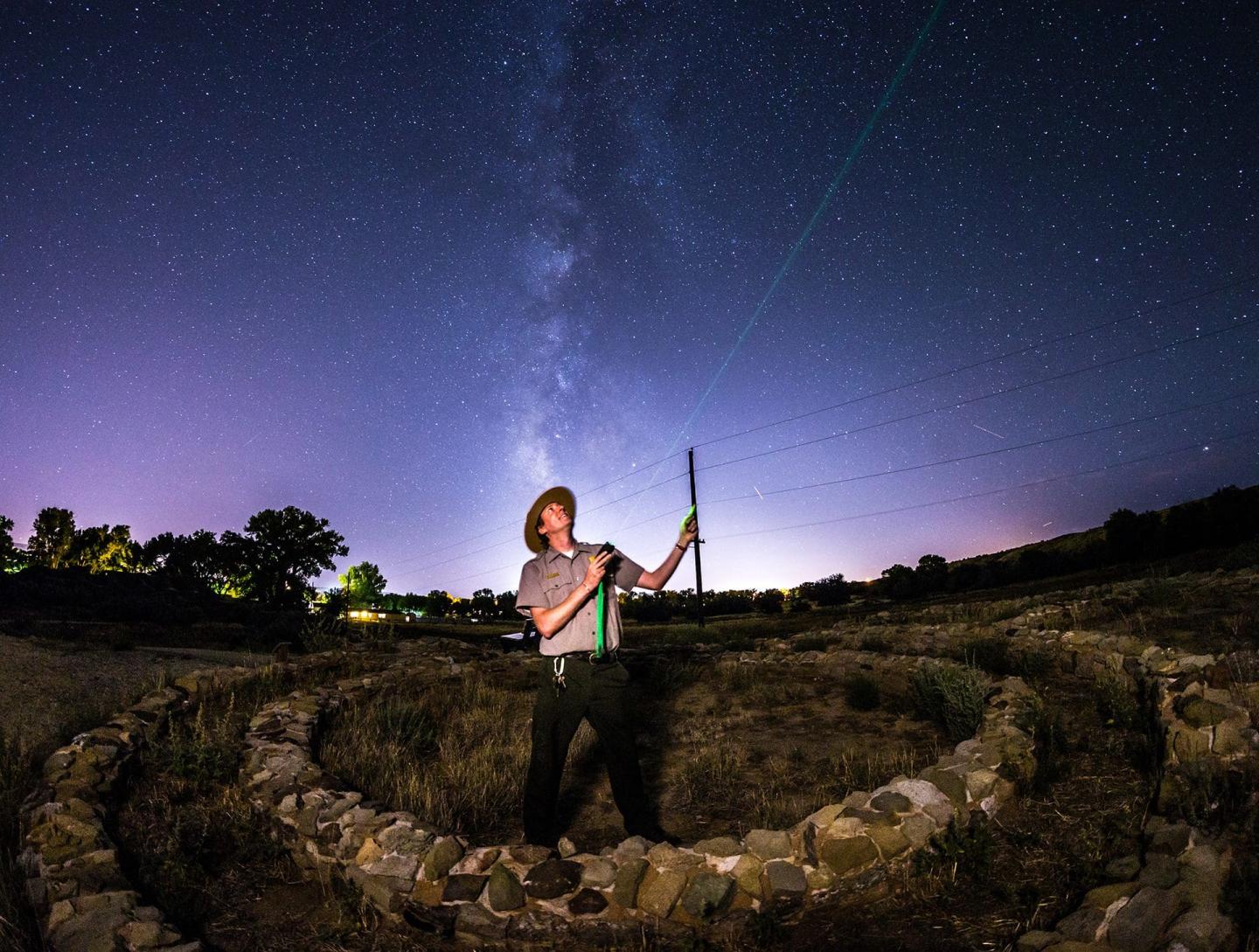
See millions of stars from the dark skies of national parks.
While you can see stars from your own backyard, natural darkness makes our parks some of the best viewpoints for stargazing. Whether you're hiking, camping, or coming to watch an astronomical event, you will be able to see thousands of stars with your own eyes. So turn off any bright lights, look up, and let the night sky surprise you.
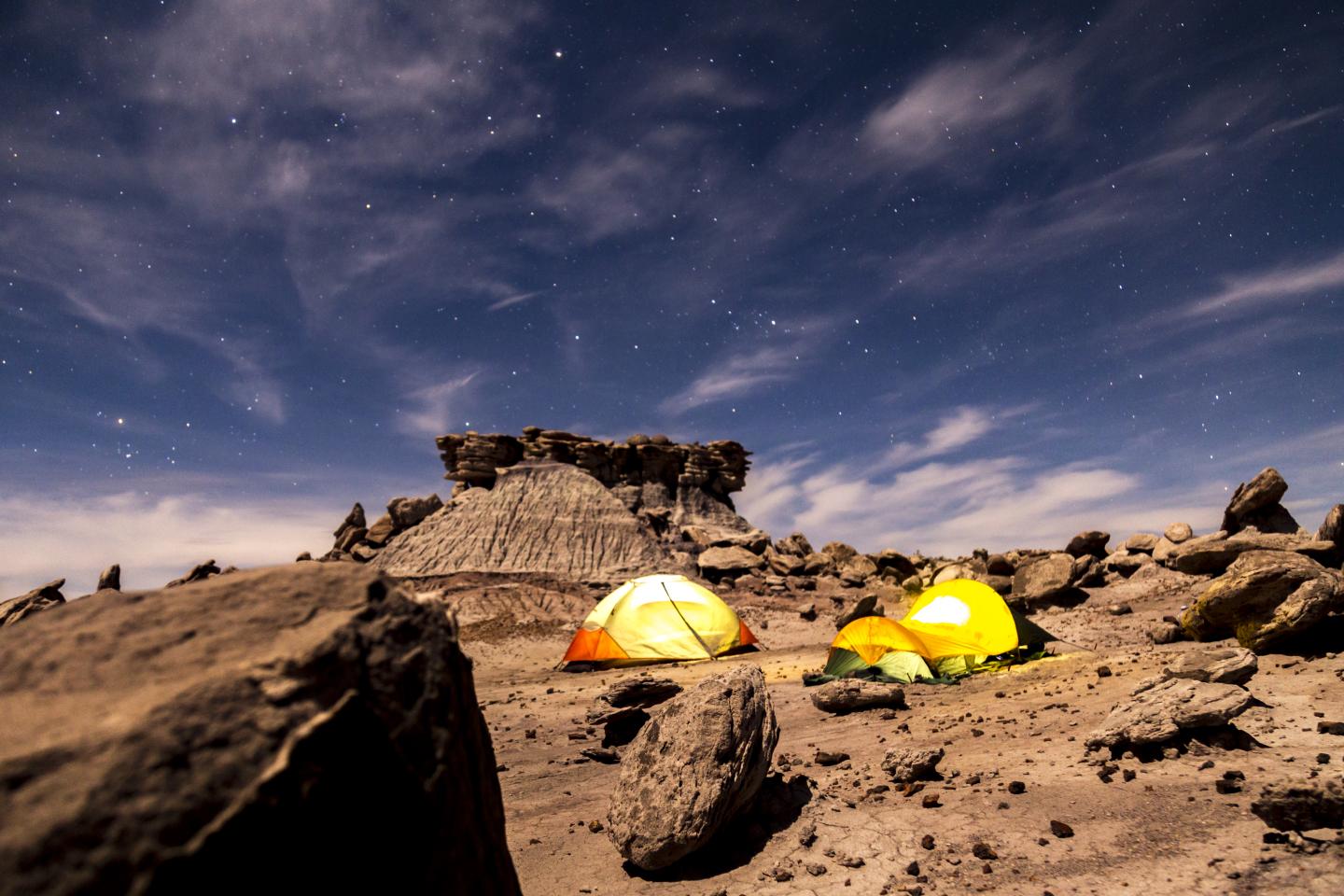
Escape the city lights
With 99% of Americans living under light-polluted skies, a clear view of the many types of astrological phenomena on display in the night sky is something that most of us rarely experience. Fortunately, many of our parks offer exquisite star gazing, and with just a little planning (along with cooperative weather), you'll be able to see deep into the heavens above.
A few things to consider
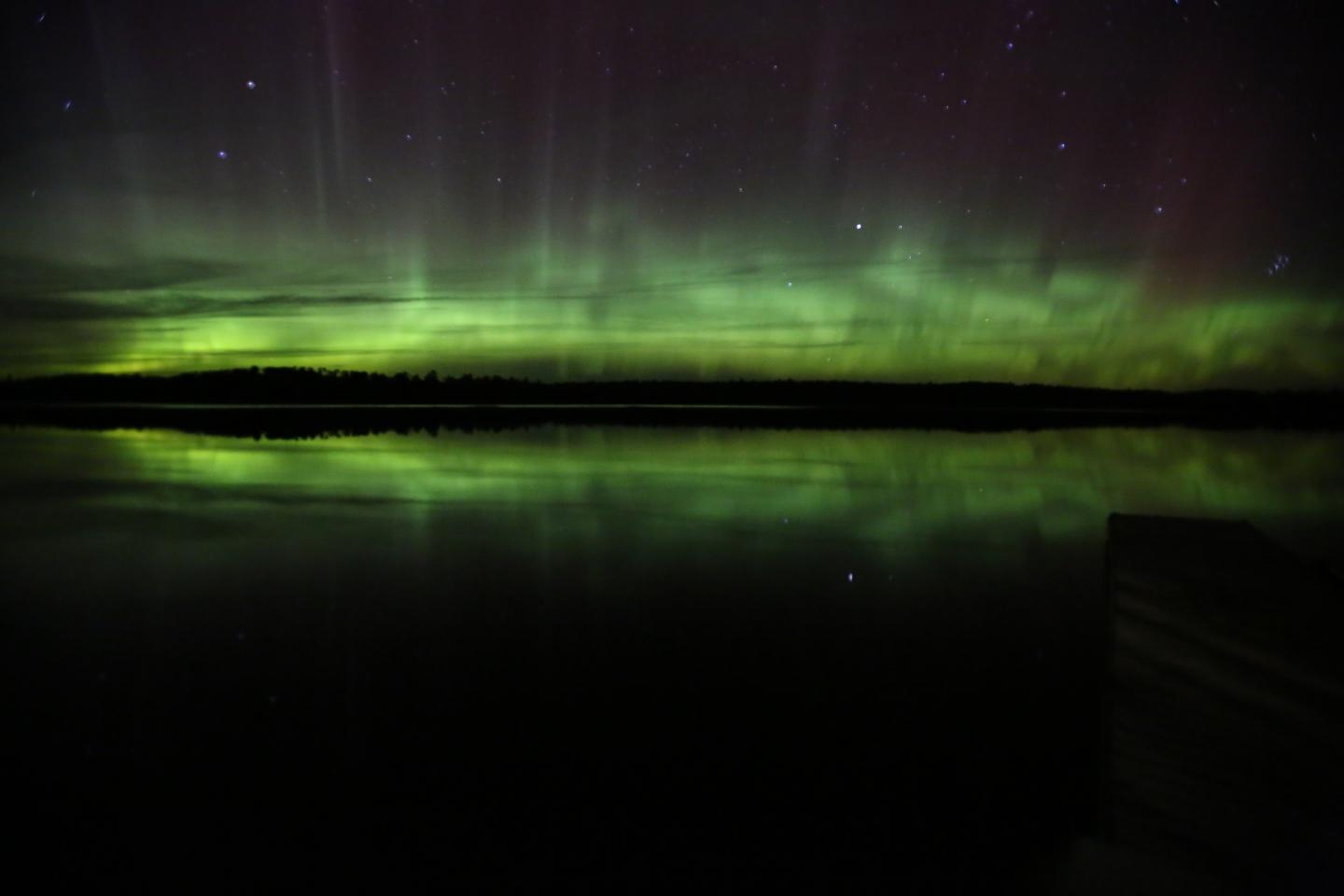
Check the forecast
Stargazing is best under a clear sky, so look out for any clouds in the forecast, as they can block your visibility. In fact, even the moon can disrupt your view; for the best experience, schedule your trip around the new moon phase for the darkest possible sky.
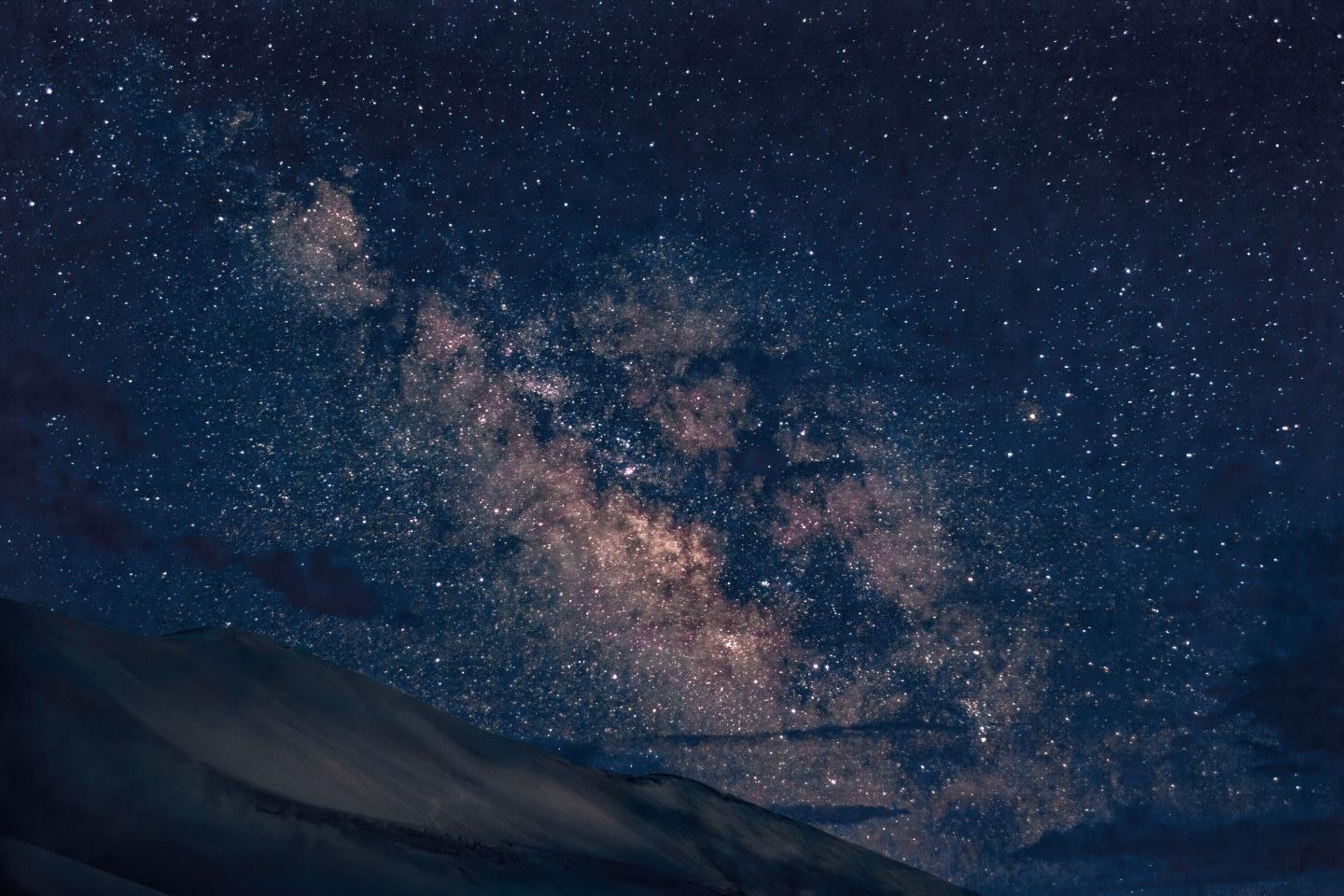
Be mindful of your light
When it comes to stargazing, darkness is key. Of course, please be safe on trails or campgrounds; stick to headlamps or warm-colored LED lights, and when you look up to the sky, turn them off! Low and red lights also protect our nocturnal wildlife.
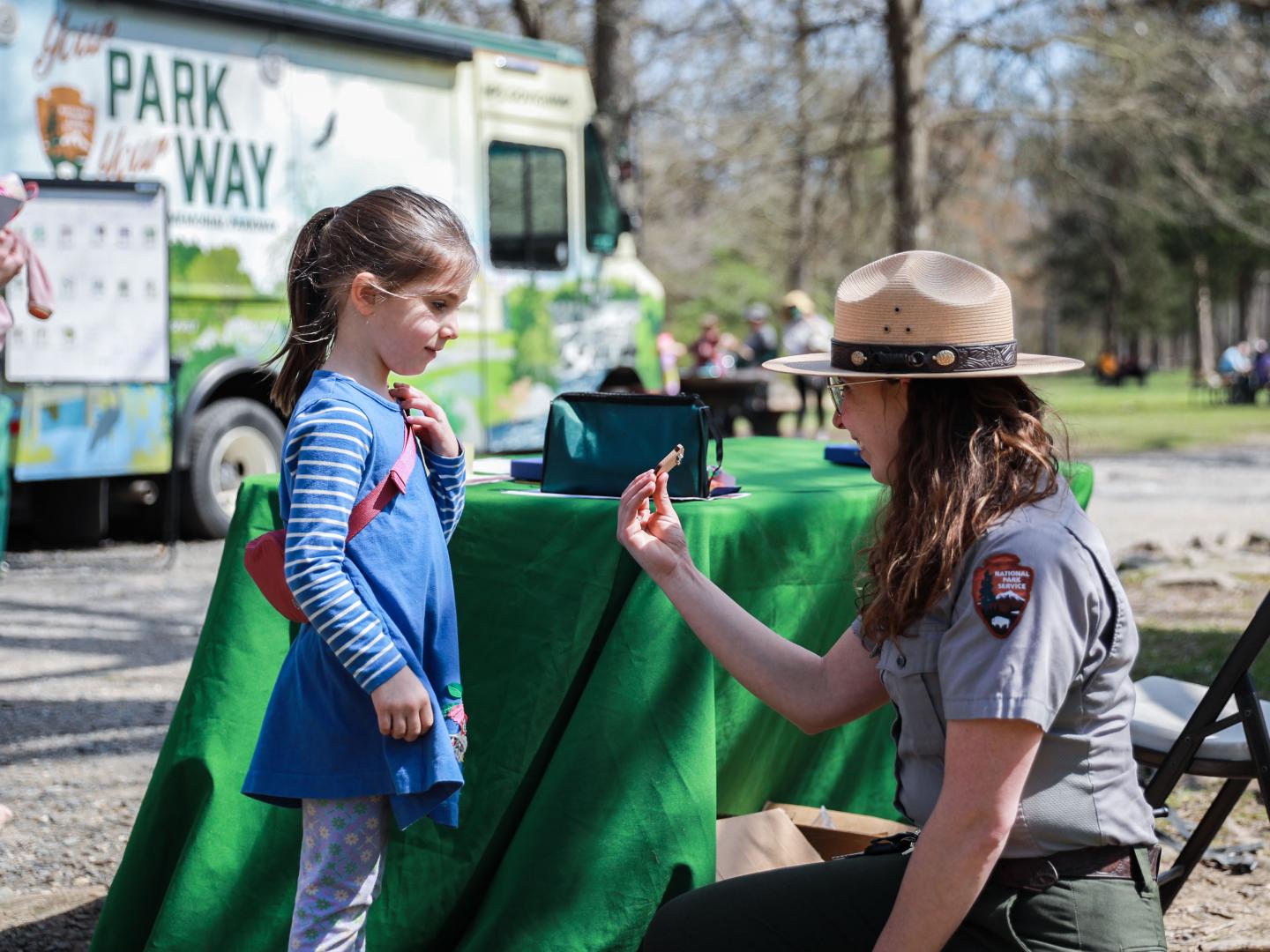
Talk to an expert
Want to know more? Several of our parks offer educational night-sky programming such as night hikes, ranger-led interpretive programs, or Junior Ranger programs. Our experts love your questions!
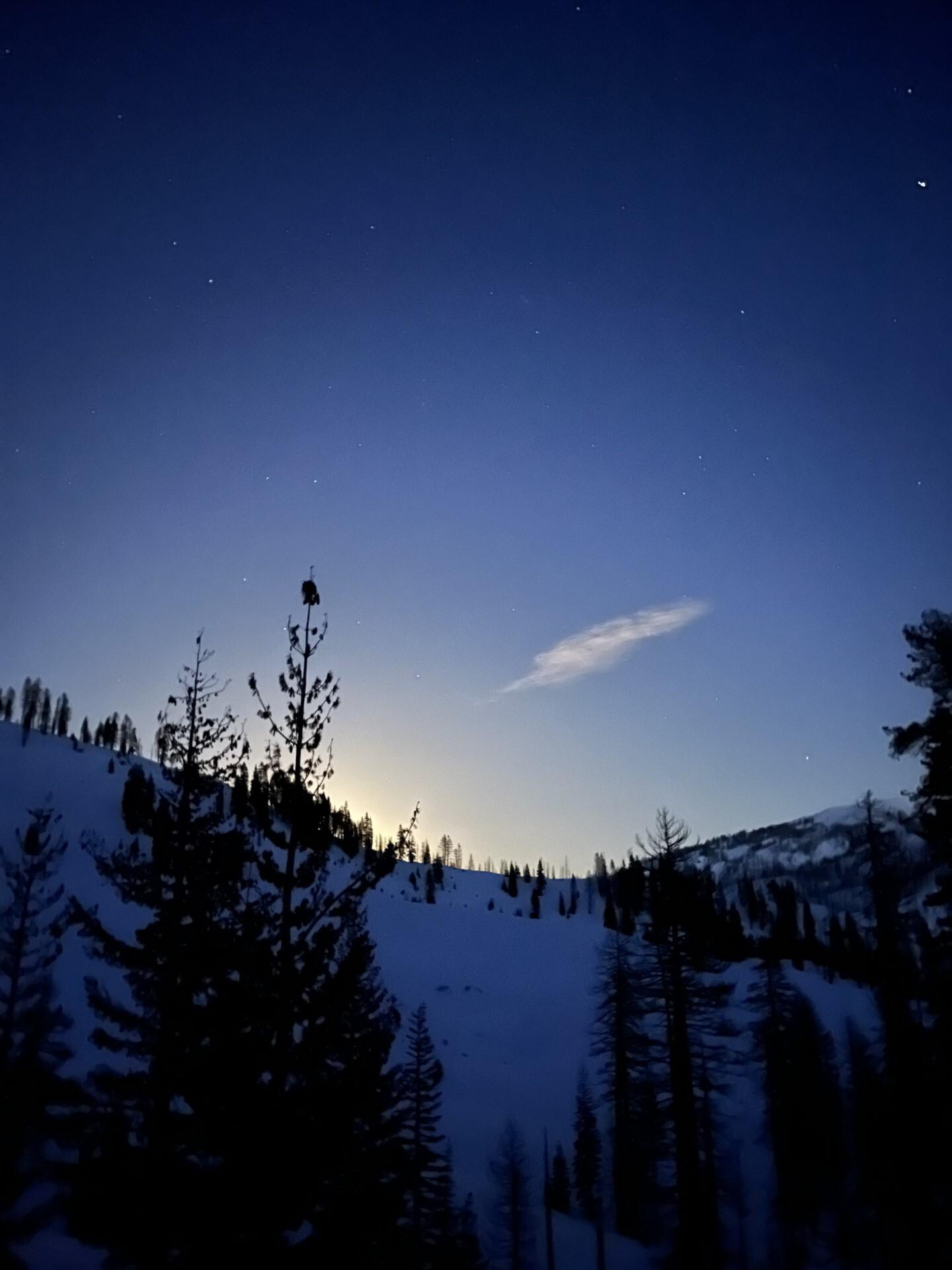
Bring warm clothes
No matter how unlikely it might seem during the warm daytime hours, nighttime temperatures can drop suddenly and dramatically, so be sure to have plenty of warm clothes on hand.
A few of our favorite starry skies are in International Dark Sky Parks
Check out all our International Dark Sky Parks.
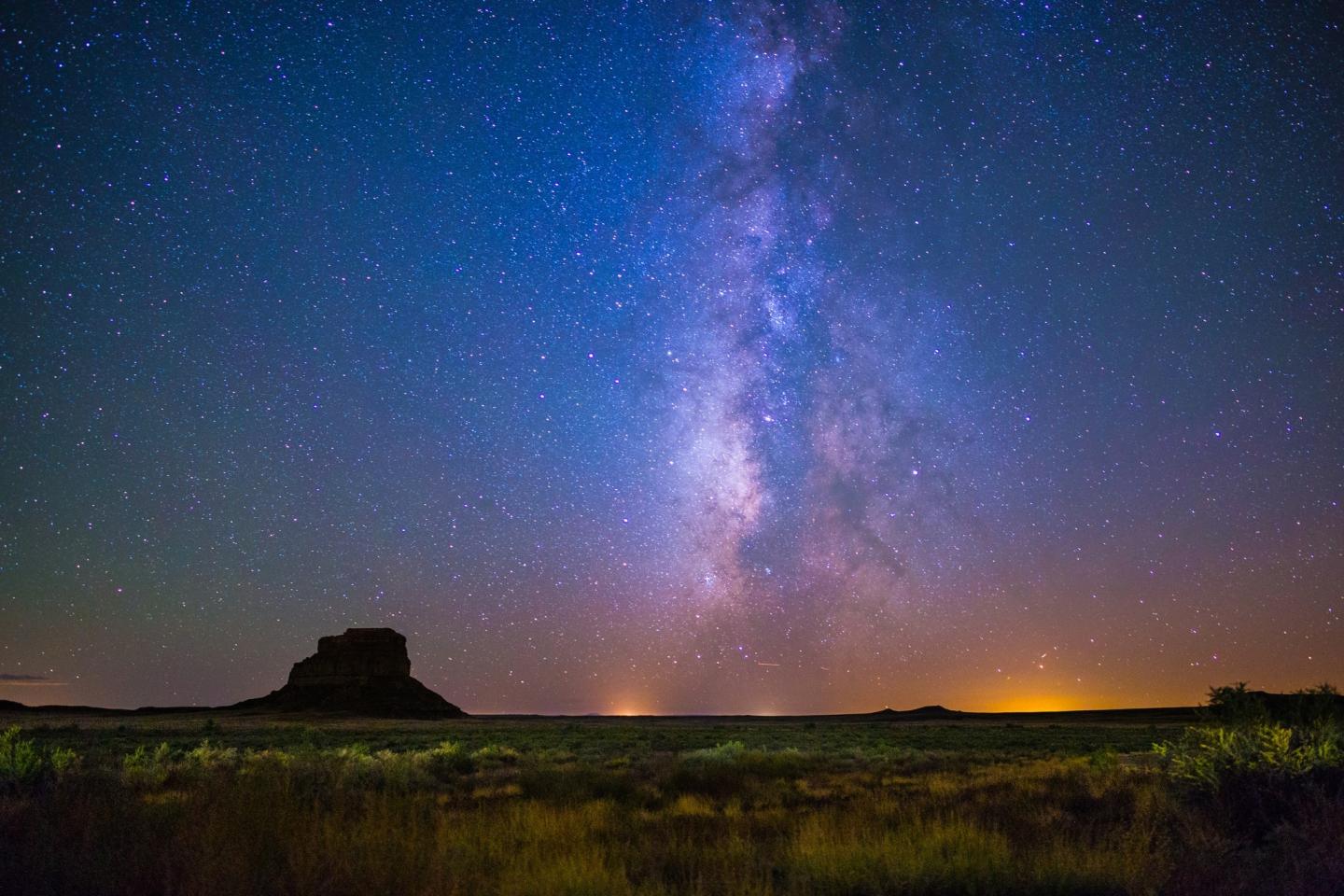
Chaco Culture National Historical Park
Massive buildings testify to the organizational and engineering abilities of the ancestral Puebloans. Gain a deep connection with the canyon that was central to thousands of people between 850 and 1250 through guided tours, hiking and biking trails, evening campfire talks, and night sky programs.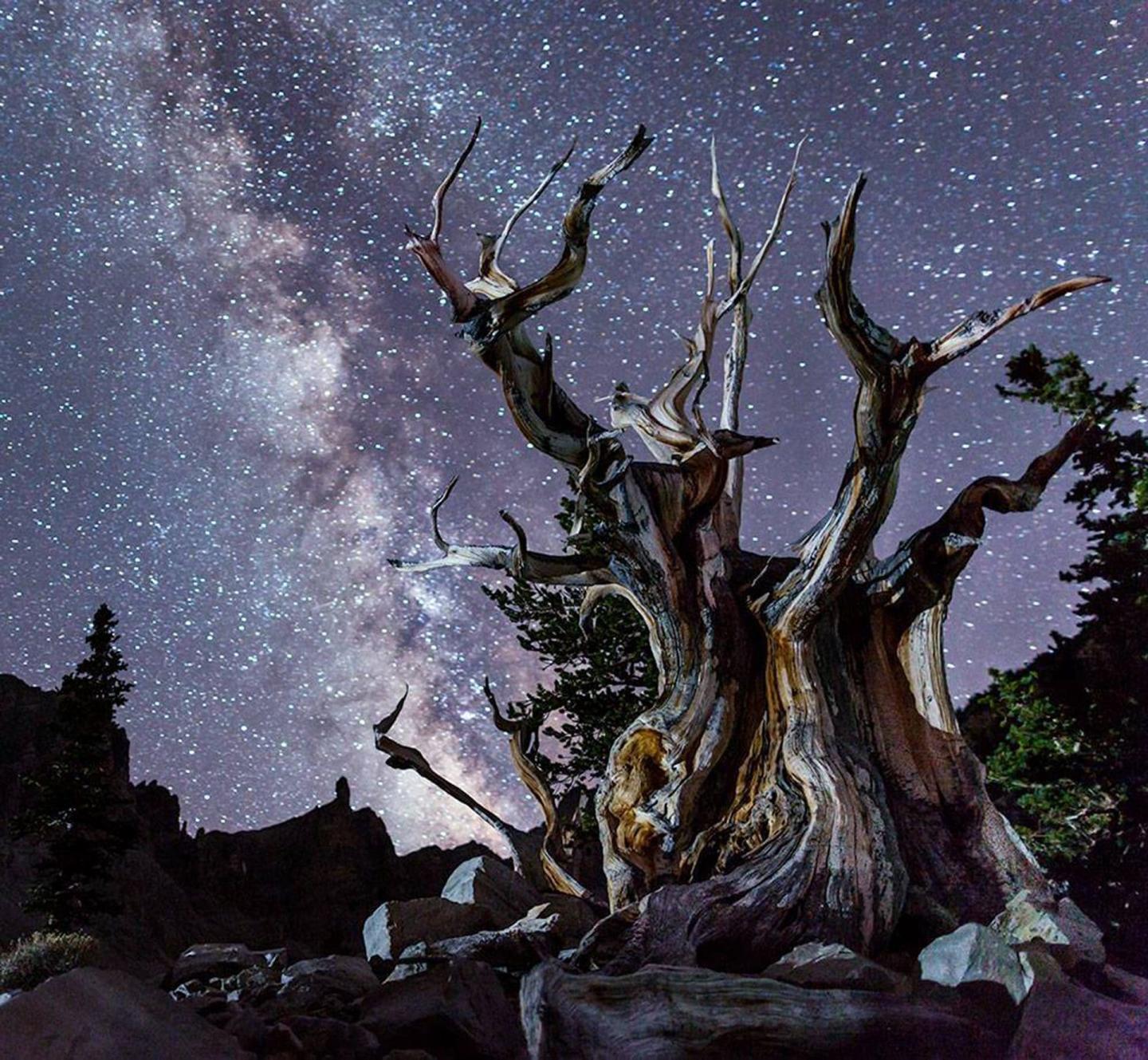
Great Basin National Park
From the 13,063-foot summit of Wheeler Peak to the sage-covered foothills, a stunning diversity of the larger Great Basin region unfolds. Enjoy the solitude of the wilderness, walk among ancient bristlecone pines, bask in the darkest of night skies, and explore mysterious subterranean passages.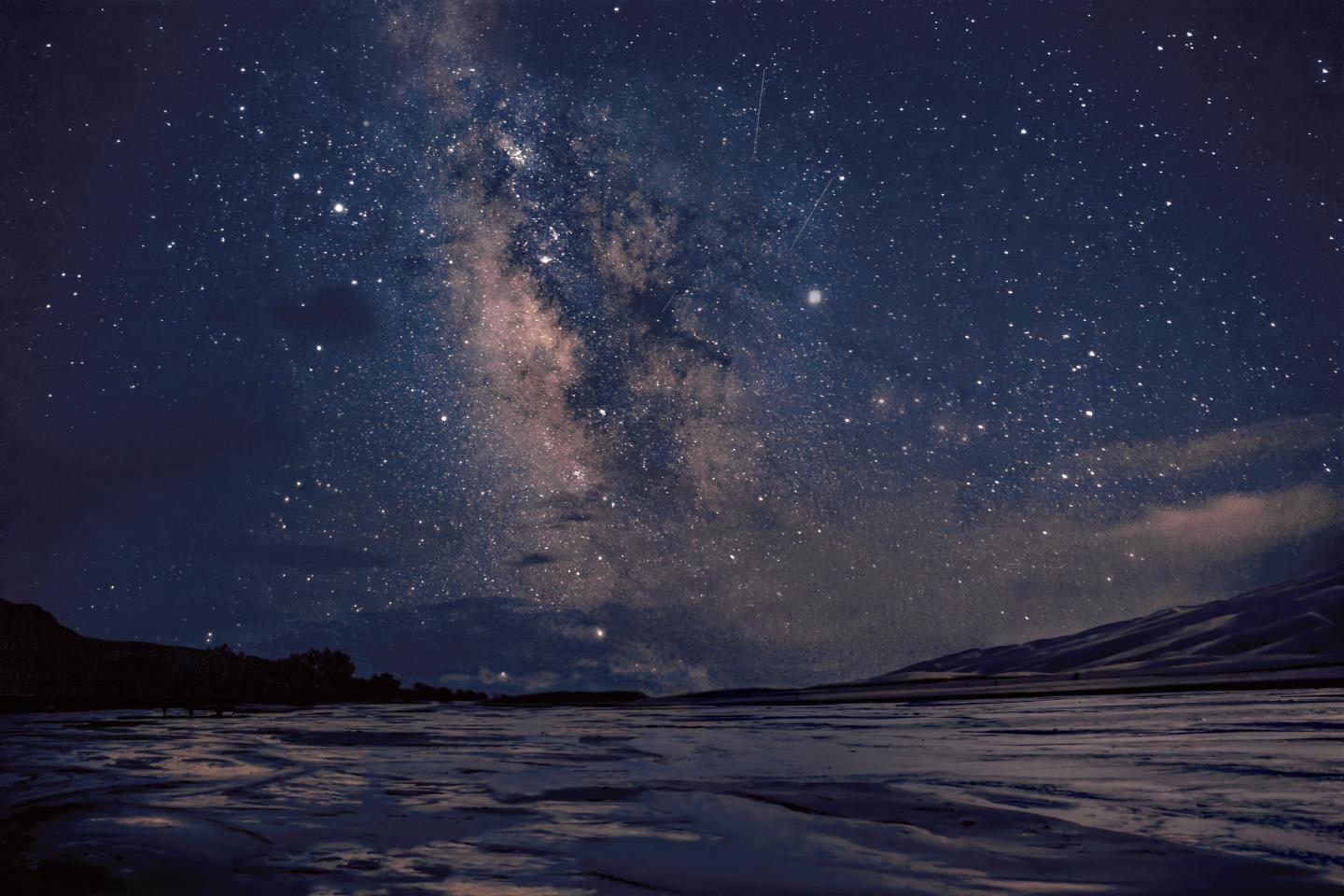
Great Sand Dunes National Park and Preserve
The tallest dunes in North America are the centerpiece in a diverse landscape of grasslands, wetlands, conifer and aspen forests, alpine lakes, and tundra. Available day and night year-round, this park offers stellar experiences of starry skies on moonless nights or surreal walks on the dunes under bright full moonlight.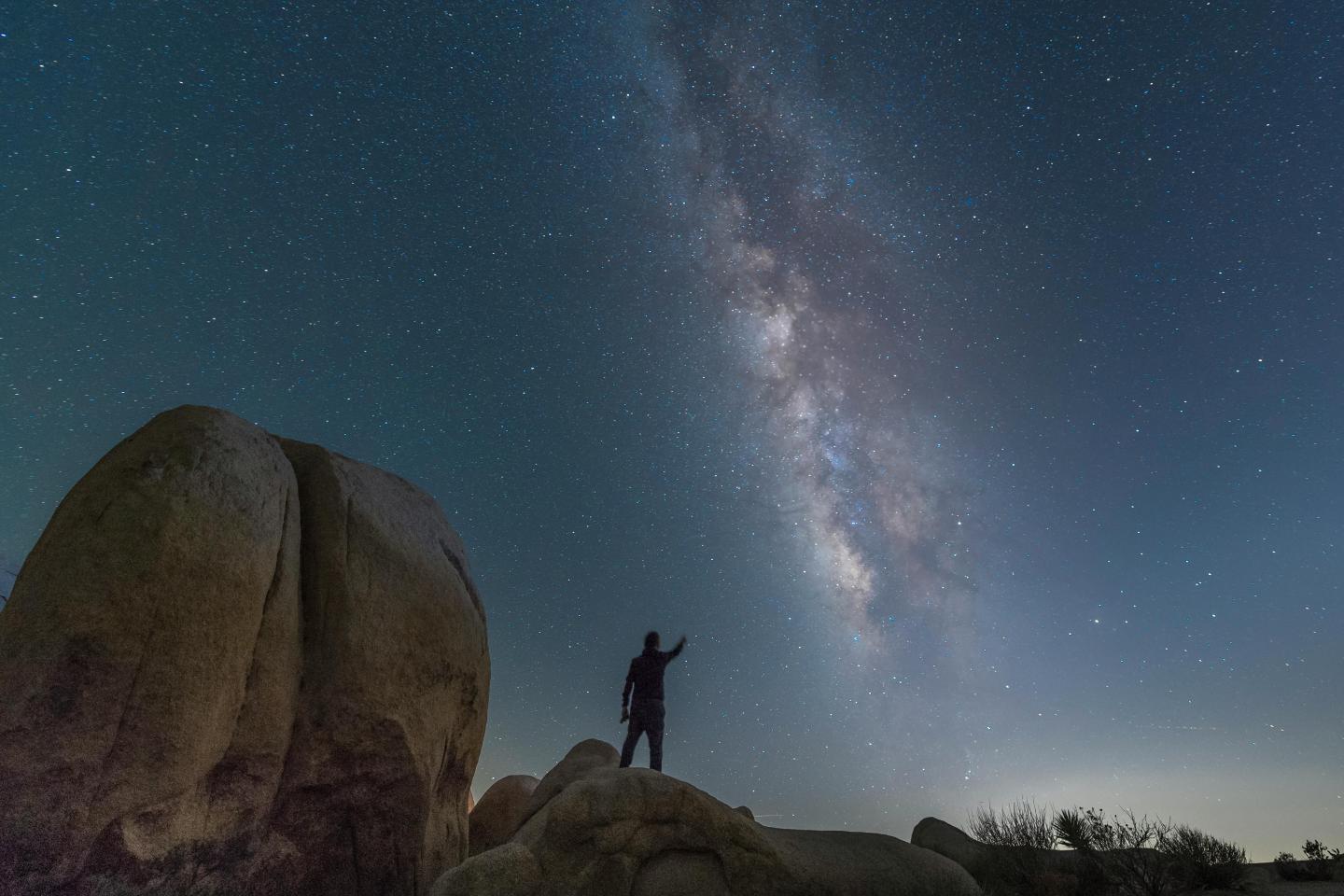
Chiricahua National Monument
A wonderland of towering rock pinnacles waits for you to explore. The eight-mile paved scenic drive and 17 miles of day-use hiking trails reveal the beauty, natural sounds, and inhabitants of this 12,025-acre site. Visit the Faraway Ranch Historic District and experience the beauty of an astounding landscape to discover more about the people who have called this area home, including the Chiricahua Apache.Explore parks for stargazing
Whether you're a stargazing expert or a newcomer, a homebody or a camper, step outside on a clear night and look up at the sky. In the darkness of our partner parks, you're sure to see something new.
Legend
- Partner Park
- Gateway City



